A few words in advance
When I switched from my full-frame DSLR to the M9 in the first decade of the new millennium, the experience hit me with the force of a 150-ton steam engine. This was because I hadn’t held such a compact system in my hands, paired with a high optical performance and craftsmanship, since the old analogue days. This feeling was echoed when I first beheld the remarkable Leica APO-Summicron-M 35 f/2 ASPH.
Since the turn of the century, it had seemed inevitable to me that digital devices would become more and more bloated, more and more complicated and more and more disposable. I learned terms like digital rot and planned obsolescence and increasingly despised the insidious tactics of the industry behind them.
This is perhaps an exaggeration, and to this day, it is essential for professional photographers that their workhorses have features that an M-System camera cannot offer. The size of the device plays only a subordinate role. As a purely recreational photographer and amateur with no client or agency breathing down my neck but who still values high-quality images, I take a different view. The “discovery” of rangefinder photography was like the Renaissance realisation that the earth is a round. And for some, that revelation is just as blasphemous to this day.
My German website, Messsucherwelt, has a menu item asking, “Why the Leica M-System?” From time to time, I look over the text I wrote in 2010 and still make the odd update. Yet the question still applies: Why the M-System? The core is that there is no comparable (full-frame) system of this size (compactness) and quality (image+craftsmanship). When it comes to optics, I expressly include non-Leica products such as those from Zeiss and Voigtländer.
It might be a different kettle of fish if some other manufacturer felt compelled to produce a digital rangefinder camera. Jörg-Peter Rau and I have been fantasising about what it would be like if Contax hadn’t left the market. But you can twist and turn and dress it up as you wish: no non-Leica (full-frame) body is an optimal platform for M-Mount lenses, especially when the focal length falls below 50mm.
The increasingly oblique incident rays do not find their way into the deep pixel wells, and the off-axis image areas become increasingly blurred as the focal length decreases. As I wrote in an earlier article, have you ever tried standing ten yards from the edge of a well with a bow and arrow to hit a target at the bottom of the well?
And even if we did equip a fictitious non-Leica body with an adapter, cleave to slightly longer focal lengths and thus preserve the optical quality, the question of manual focus still exists. I’ve been repeating this mantra-like for ages, but an electronic viewfinder can’t match the speed and precision of focusing that a rangefinder-coupled lens can. And if people want to tell me otherwise, I have to say it very bluntly. Sorry, you can’t handle a rangefinder, but that’s not my problem. (Note that this comment is not aimed at photo enthusiasts who have poor eyesight preventing them from using a rangefinder properly)
The justification
I guess that overly long introductions are becoming my trademark, but the subject of this article is the fact that I bought the Leica APO-Summicron-M 35 f/2 ASPH. And the only argument for purchasing this expensive (€7,700) optic is simply the opportunity to enjoy the stunning performance in an ultra-compact body of exceptional manufacturing quality. In short, it is everything that Leica stands for. And no, Leica marketing didn’t kidnap me and replace me with a Wetzlar-programmed bot.
I have to admit that my decision was influenced by my obsession with compactness. Call it OCD, Obsessive Compactness Disorder. Basically, I must always analyse how I put my equipment together to achieve compactness and light weight. Subconsciously, therefore, I invariably go for the smaller lenses when I have a choice. In addition, the 35mm focal length is the most important of all for me. When I consult Lightroom, it becomes clear that I use 35mm lenses two-thirds of the time. Other considerations do come into play for certain purposes; other focal lengths become more necessary, but a 35mm lens is always there.
Then there’s the fact that, in recent years, I’ve become a “one-lens, one-camera” guy. At least, that applies whenever I shoot without a specific agenda — for instance, on hikes, in cities, or at family celebrations. And what is then attached to the front of the camera? Usually a 35, but it can also be a 28. I didn’t change the 35mm Voigtländer Ultron once during the summer vacation. Admittedly, the sensors of the M11 or the M10-M (or M10-R) leave plenty of scope if you find yourself wishing for a longer focal length. And on this point, I have certainly contradicted earlier views. I’m trying not to fall victim to the Dunning-Kruger effect.
Early in 2021, I acquired the 35mm Ultron from Voigtländer and, on a whim, the 35mm APO-Lanthar. The Ultron has been my favourite ever since, not only because it is smaller, but it is better than the “normal” 35 Summicron ASPH (sorry, Leica) and at least almost as good as the 35 Summilux. These differences can be objectified. Sean Reid did it, and I (albeit less meticulously) came to the same conclusion.
Now I also had the 35 Apo-Lanthar, which is in a completely different league, even for someone spoiled by high-performance optics. I have written about it, and so has Jörg-Peter Rau, both of us concluding that it shows exceptional imaging performance.
It’s a great lens, but the elephant in the room cannot be ignored. This is a big lump of an optic when you see it beside other 35mm contemporaries. And for someone who enjoys using the rangefinder as I do, the 25% viewfinder blockage is hellish. I had to force myself to put it on the camera, and most of the time, it was permanently parked in the cupboard. Finally, I had to admit to myself that the statement I had made in the report, namely that the optical performance was not worth seven times the price to me, was rational but did not correspond to my emotional world. My subconscious voted very differently from the cerebral cortex.
I wanted such a high-quality optic, but it had to be small. Should I say price doesn’t matter? Nice for someone who can claim that. Although the decision to buy the Leica APO-Summicron-M 35 f/2 ASPH was made in the spring, I imposed the penance of selling some of my equipment in order to finance the expensive object of my desire.
After disciplining myself this way, I parted with some film cameras (no Ms, heaven forfend) and the Leica Q-P (with the option of maybe buying one again someday). The APO-Lanthar landed in the ‘Bay, as did the 35mm Summilux ASPH, one of my favourite lenses and the creator of countless keepers. The full Hasselblad 501c kit is still available, incidentally. All this to make it clear that I was deadly serious.
I ordered the Leica APO-Summicron-M 35 f/2 ASPH in July, which was delivered in early November. Since then, I have used almost no other lens on the M11 and the M10 Monochrom.
The photo locations
At the beginning of November, the autumn weather was still up to scratch, and I found some beautiful landscape motifs on my bike tours. There was midnight shopping in Vlotho (my home town), where the Feuershow (fire show) show was a part of the programme. Shortly afterwards, there was the annual concert of the St. Stephan choir (sometimes I sing bass, sometimes besser) with Mozart’s Requiem. Then came a long weekend when my wife and I visited Bremerhaven (to see the estuary of our home river, the Weser).
There, of course, the Auswanderermuseum (emigrant museum) and the Klimahaus science centre were on the programme. On the way back, we visited relatives in Leer. There are various photos from the Christmas markets in Bremerhaven and Leer, but those from Bad Salzuflen and Bückeburg (and the Vlotho Advent market) made it into the article.
All these images from the Leica APO-Summicron-M 35 f/2 ASPH have gone through Lightroom. I see no benefit in showing flat DNGs. The potential of the optics comes into its own only when you adjust the RAW file. And I do that sparingly in any case. Actually, only the tonal values are corrected, namely exposure, highlights, shadows, white and black. I leave the contrast at zero and prefer to put a slight “S” in the gradation curve.
In particular, the low-light photos of Christmas markets require a downward exposure correction due to the many bright light sources in dark surroundings, which is later compensated for in Lightroom to get the highlights under control. In low light (without a tripod), I often set the exposure time to 1/125s (both with the M11 and the M10-M) and select Auto-ISO because I’m on the safe side with this speed in terms of camera shake. Up to 1/60s handheld is quite doable at this focal length with a little concentration.
The Leica APO-Summicron-M 35 f/2 ASPH
This is not a review with a thousand comparisons of imaging at all apertures, phases of the moon or the photographer’s blood alcohol level. If you need something more in-depth, it’s best to drop by Sean Reid and refer to Jono Slack’s article (in which Jono has included very compelling example images), and you’ll be pretty much in the picture.
Nonetheless, here are a few facts about the lens, albeit watered down from my (possibly contestable) views. First, I’ll quote myself from a previous article on the disambiguation of “apochromatic,” the origin of the prefix APO in the name.
In a nutshell: What’s all the fuss about apochromatic optics? It’s the simple fact (lens designers will stone me for using the word “simple” in that context) that an apochromatic design causes light rays of different wavelengths (colours) to be refracted all to the same spot. This minimises disruptive colour fringes (chromatic aberration) and increases the resolving power of the respective lens.
Leica has already released an impressive range of apochromatic optics. I have owned the 75mm APO-Summicron for many years. It’s one of those lenses I would never part with until I’d eaten my last crust. As for 35mm, Peter Karbe says the 35mm APO-Summicron-SL is probably one of the world’s best, and the task of bringing the same optical performance into a mega-compact M lens was a huge challenge.
Well, you could say “mission accomplished”. In this context, once again referring back to my comments on the Voigtländer 35mm APO-Lanthar: Compared with the Leica 35mm APO-Summicron, it has almost the same performance (small differences are neglected), but at least part of the significantly lower price is derived from the old principle of lens construction, which Sean Reid also quotes in his review of the two APOs: Bright, compact, high imaging performance, low manufacturing costs. You can choose three of these properties, but all four together cannot be realised.
External
Okay, even at the risk of turning my passion for compactness into a running joke: when I held the Leica APO-Summicron-M 35 f/2 ASPH in my hands for the first time, I was surprised that it really is so small. It sounds strange, but it is actually true. Everything I had read about it before made it sort of bigger in the imagination.
This lens is noticeably smaller than the 35mm Summilux and barely larger than the 35mm Summicron. The cleverly designed lens hood also makes a huge difference. None of my other lenses has anything to compare with this minimalistic yet functional gem. Hood design has improved incredibly over the last few years. I always stare in horror at the ugly plastic box masquerading as a compact hood on my 28mm previous-generation Summicron ASPH. It is more Fisher-Price than Leica, I have to say.
A 39mm filter, of which I have plenty, fits nicely underneath the hood. The lens cap, lined with fine felt on the inside, fits securely, but I don’t use it. The filter to protect the front lens is enough for me because I tend to swallow loose covers “in the field”.
It goes without saying that the lens body is of the highest manufacturing quality and (which may be unfair) I have the feeling — subjectively, I admit — that it surpasses the competition. The ribbed focus ring with tab has the usual pleasant damping; the aperture ring has a relatively light action in half-stop increments but without involuntarily shifting. The focus distance is engraved in meters and feet; the depth-of-field markings are of the usual precision for those who work with zone focus.
Another special feature is the opportunity to focus down to 30cm. The focus ring rotates from infinity to 70mm (the working range of the rangefinder) through 90 degrees, after which you overcome a very slight but noticeable resistance, allowing a further 200-degree rotation to the maximum close-up limit. This enables precise focusing (particularly useful in the macro area). However, to take advantage of this feature, you must use Live View or the Visoflex 2.
Inner life
Unbelievably, there are ten lenses in five groups in this tiny body. Only one (the rear element) is made of “regular” glass. It has two aspherical surfaces, and there are three lenses with aspheres in total. All others consist of special glasses with particularly low dispersion or a high refractive index. The two rear groups are combined into a floating element.
Eleven aperture blades ensure corresponding sun stars and a wonderfully calm bokeh with (thanks to apochromatics) highlights lacking chromatic aberration. In this, the lens is in no way inferior to a Summilux with a wide-open aperture. You can really save yourself the occasional subdivision into “good” and “bad” bokeh. If vintage lenses such as a Summitar, Biotar or the Contax G45 are very individual, they don’t need to be judged. But so far, I have not been offended by any bokeh. And I can only agree with Jono on the character of the Leica APO-Summicron-M 35 f/2 ASPH when he again complained in his review that some classify the modern Leica optics as too “clinical”. Like Jono, I think that’s complete nonsense.
In use
On the camera, the Leica APO-Summicron-M 35 f/2 ASPH harmonises with the proportions of the housing; it is not top-heavy like the APO-Lanthar or some lenses with longer focal lengths (which can severely affect the handling comfort). With the hood mounted, the lens blocks the viewfinder by no more than five to seven per cent, depending on the set focal distance.
Peter Karbe appeals to you to leave this lens as wide open as possible and to stop down only when you really need depth of field. I’ve tried to heed that sage advice. The image quality is exceptionally high even with an aperture of f/2 (as with the APO-Lanthar). In contrast to my previous go-to favourite, the Voigtländer 35mm Ultron (which is also quite usable at f/2), the Leica APO-Summicron-M 35 f/2 ASPH is pin sharp over the entire image area right into the corners and shows no chromatic aberration whatsoever.
Flare is produced only with great effort, and if I find traces of it, I’m not even sure if it is actually caused by reflection on the filter. The lens has a slightly lower contrast than the APO-Lanthar, but I see that as an advantage. Finer gradations of dynamics come to light, and more contrast is always possible in post-processing, while the opposite may not be the case.
Optical quality
…As I have mentioned, the optical performance is mega (see Sean Reid). Colour drift is there (weaker on the M10-R than on the M11; on the M10-M, it doesn’t matter), but is negligible in real life. If necessary, the firmware of the M11 can be tweaked (which is necessary anyway, but that’s a topic in itself). There is zero focus shift, from which, for example, the 35 Summilux and Summicron both suffer. Very small pincushion distortion can be compensated for. There is no chromatic aberration, and it is extremely backlight resistant. Slight vignetting (camera-dependent) at f/2 is hardly worth mentioning. This lens would be top-of-the-line even without any firmware correction.
Because of the absolutely precise refraction of all light colours to one specific point, the motifs released with an open aperture often appear 3D-like and “deep”. The effect is comparable to that of a Summilux at f/1.4, if not even more accentuated. I have a few images that look to me (subjectively again) as if I were wearing 3D glasses. But maybe that’s just me.
The Leica APO-Summicron-M 35 f/2 ASPH soaks up the 60MP resolution of the M11 with aplomb. It is probably capable of handling much higher resolutions when they come. Incidentally, the highest (true) resolution is currently shown on the M10 monochrome, the 40 megapixels of which are not diluted by a Bayer filter and the necessary interpolation.
Conclusion: No regrets
Because the dimensions of the Leica APO-Summicron-M 35 f/2 ASPH played such an essential role for me, I did not mention two small plus points: First, the lens is six-bit coded. It’s handy to know how the picture was taken, and the application of the firmware can’t hurt. Second: No matter how expensive this lens is, such works of art from Wetzlar retain their value amazingly well. In fact, keep them long enough, and you’ll make a profit.
Non, je ne regrette rien. When I ordered the Leica APO-Summicron-M 35 f/2 ASPH in July, I still had doubts about the wisdom of the decision. After a good two months of use, I am convinced I have a lens for life here (Ah… that sounds quite emotional, but I’m sticking by it). And it echoes something from the beginning of this article: Longevity versus digital rot.
I reckon that manual M lenses of this kind will long outlast me, will still be usable in 50, 70 or 90 years, and bring rays of light onto the image plane, whatever medium might be there. There is customer care in the event of mishaps (hopefully for a long time to come). I can’t say anything about how sustainable the production is, but the balance sheet doesn’t look bad in relation to the expected service life.
Translated from the German by Mike Evans
Read the German original of this article
Join our community and play an active part in the future of Macfilos: This site is run by a group of volunteers and dedicated authors around the world. It is supported by donations from readers who appreciate a calm, stress-free experience, with courteous comments and an absence of advertising or commercialisation. Why not subscribe to the thrice-weekly newsletter by joining our mailing list? Comment on this article or, even, write your own. And if you have enjoyed the ride so far, please consider making a small donation to our ever-increasing running costs.



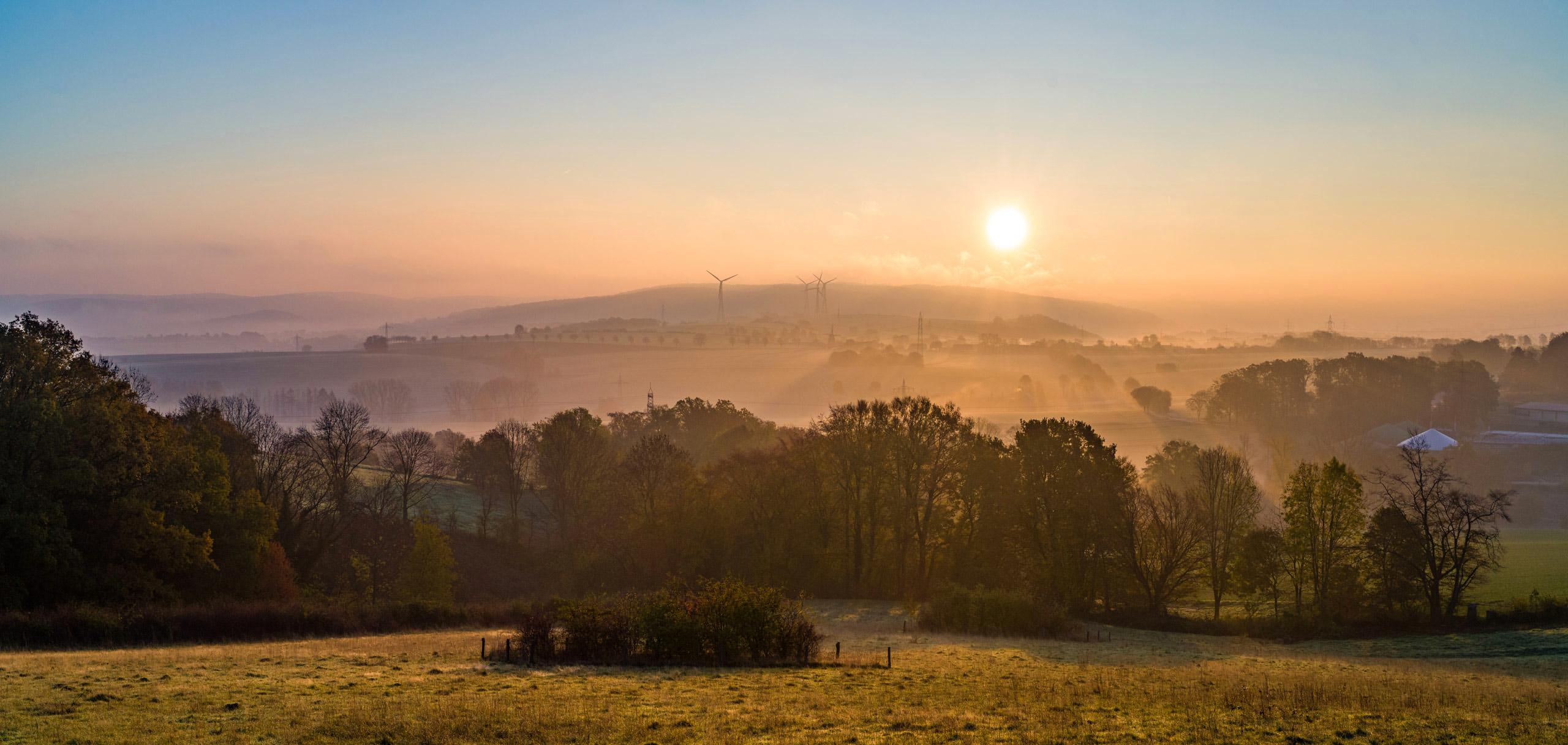
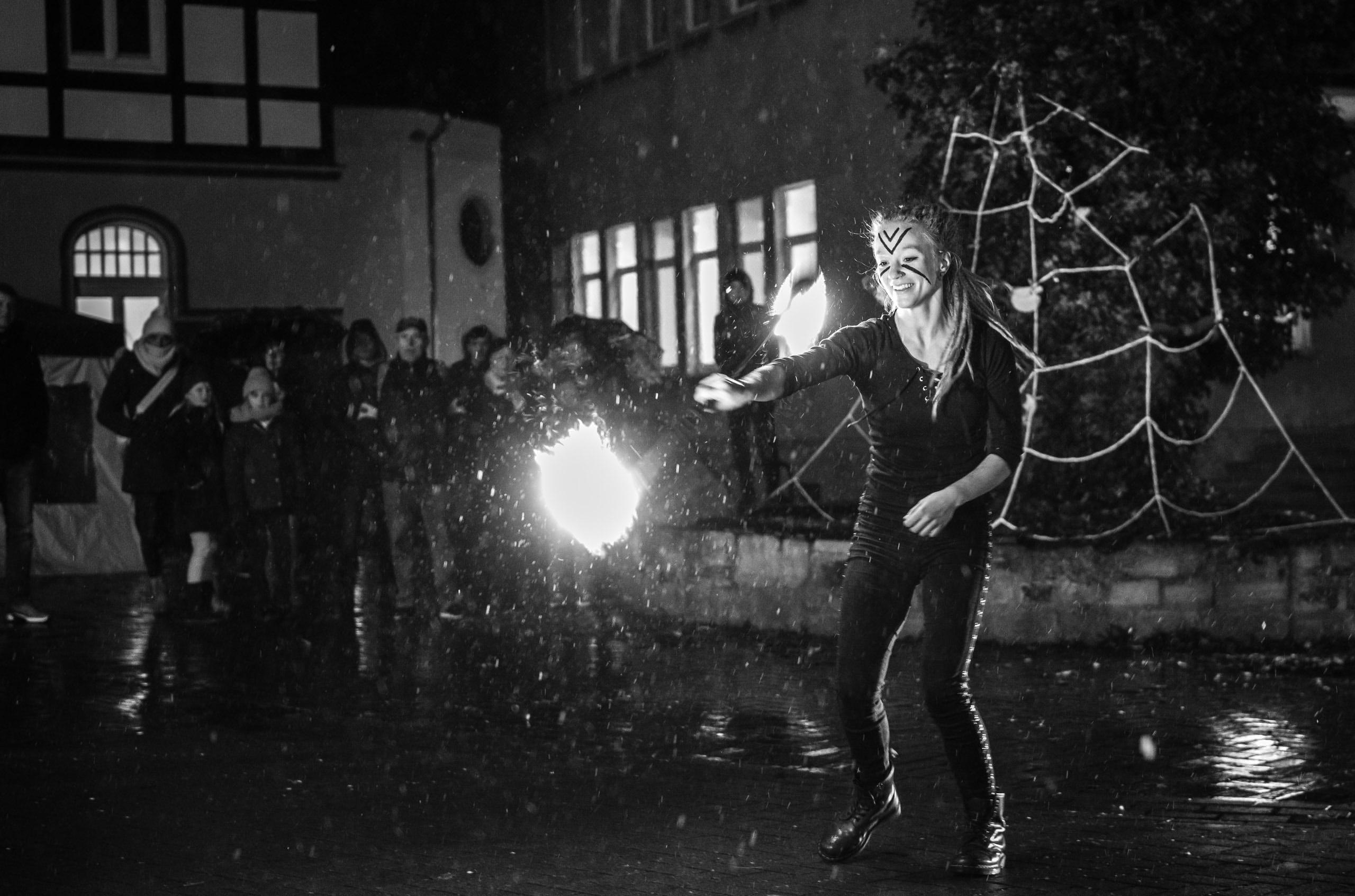
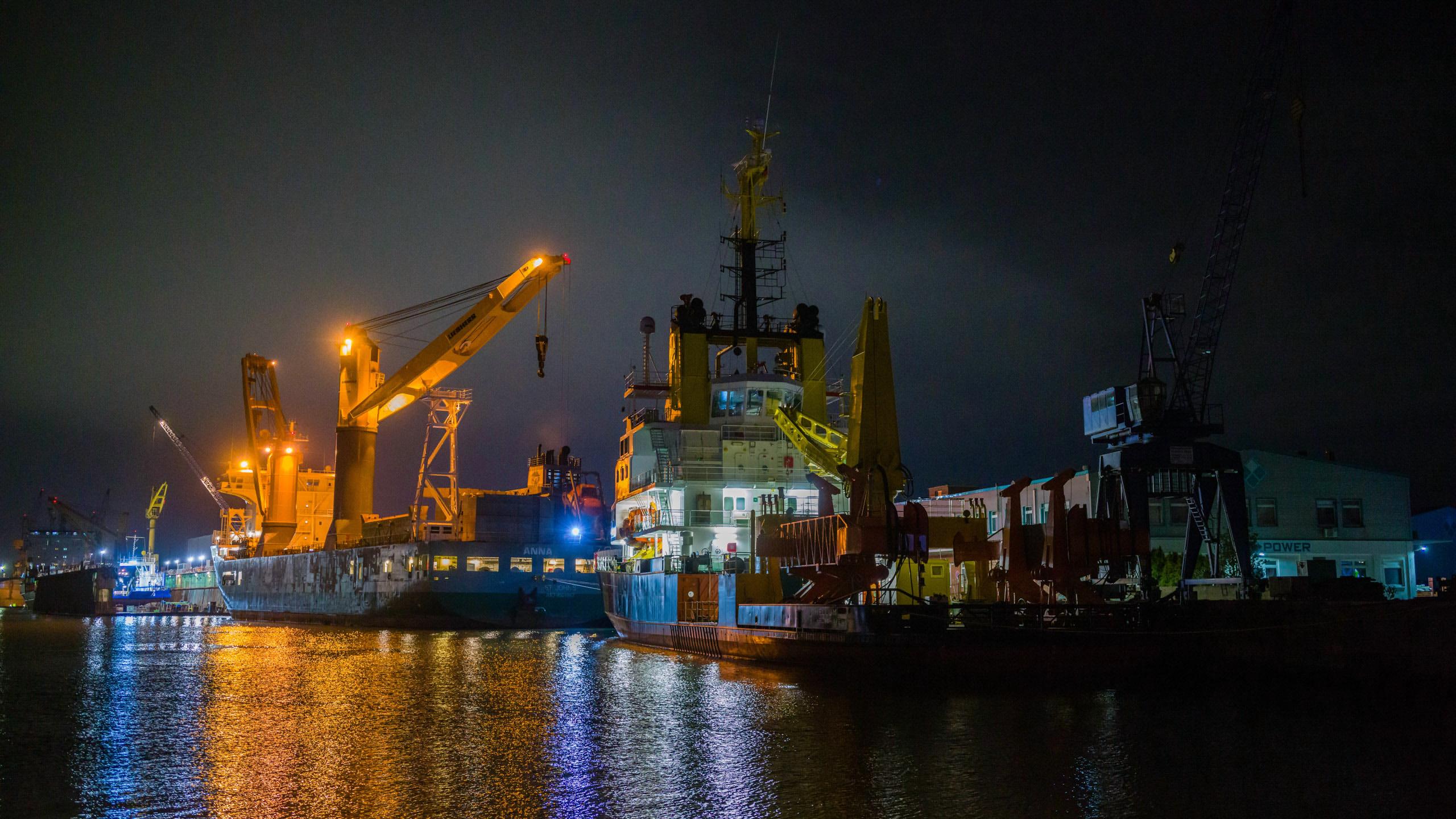
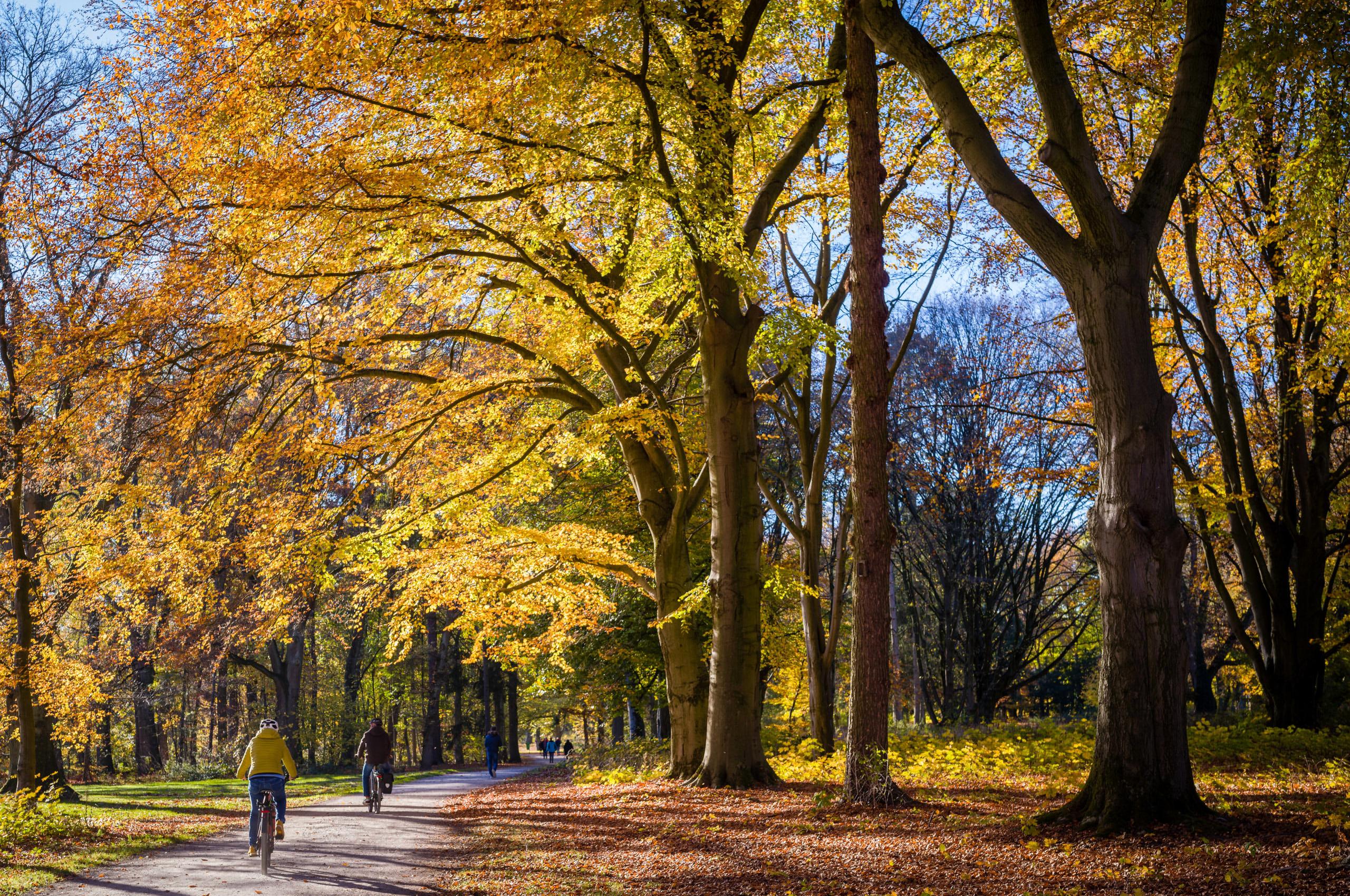
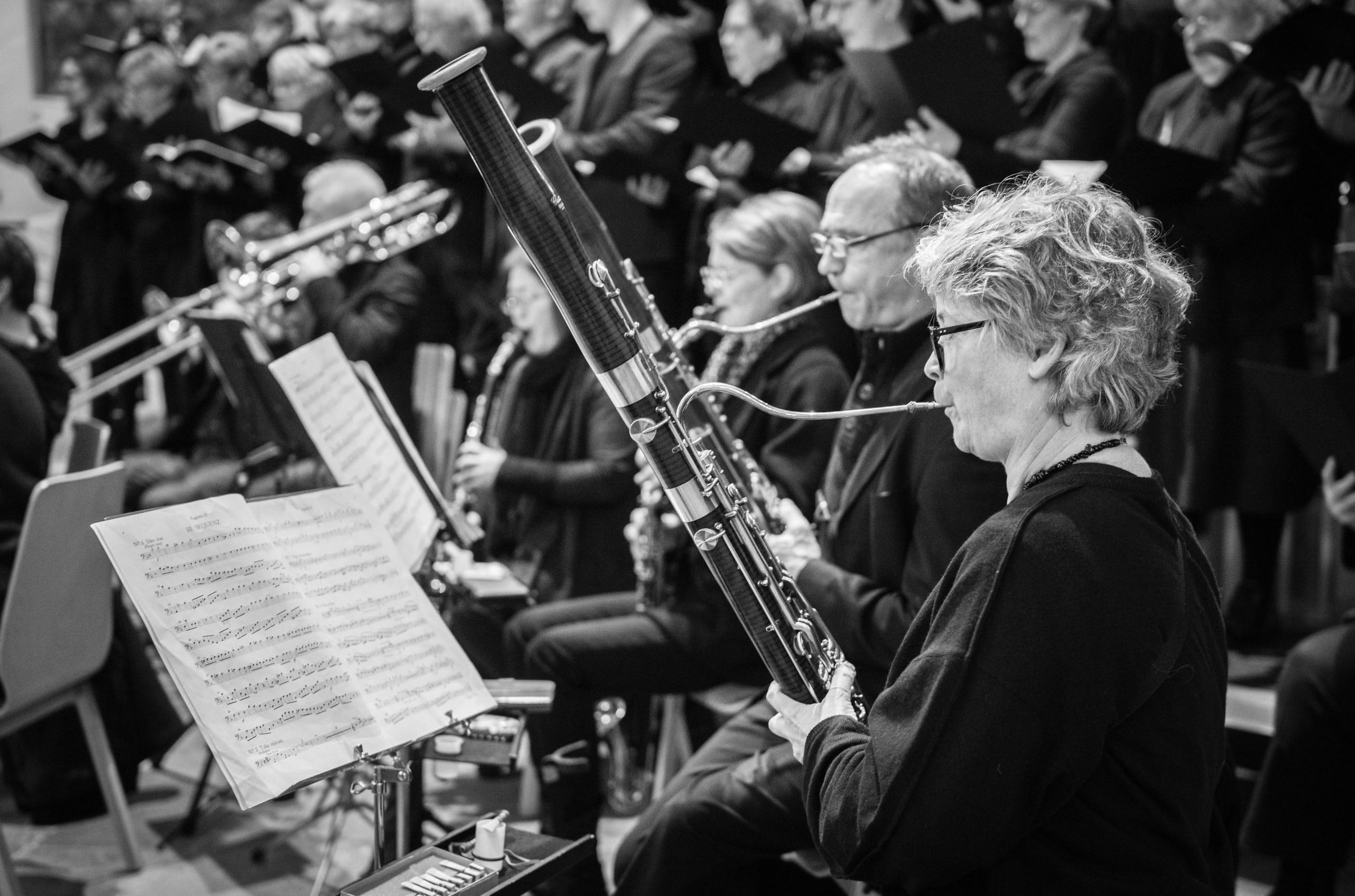
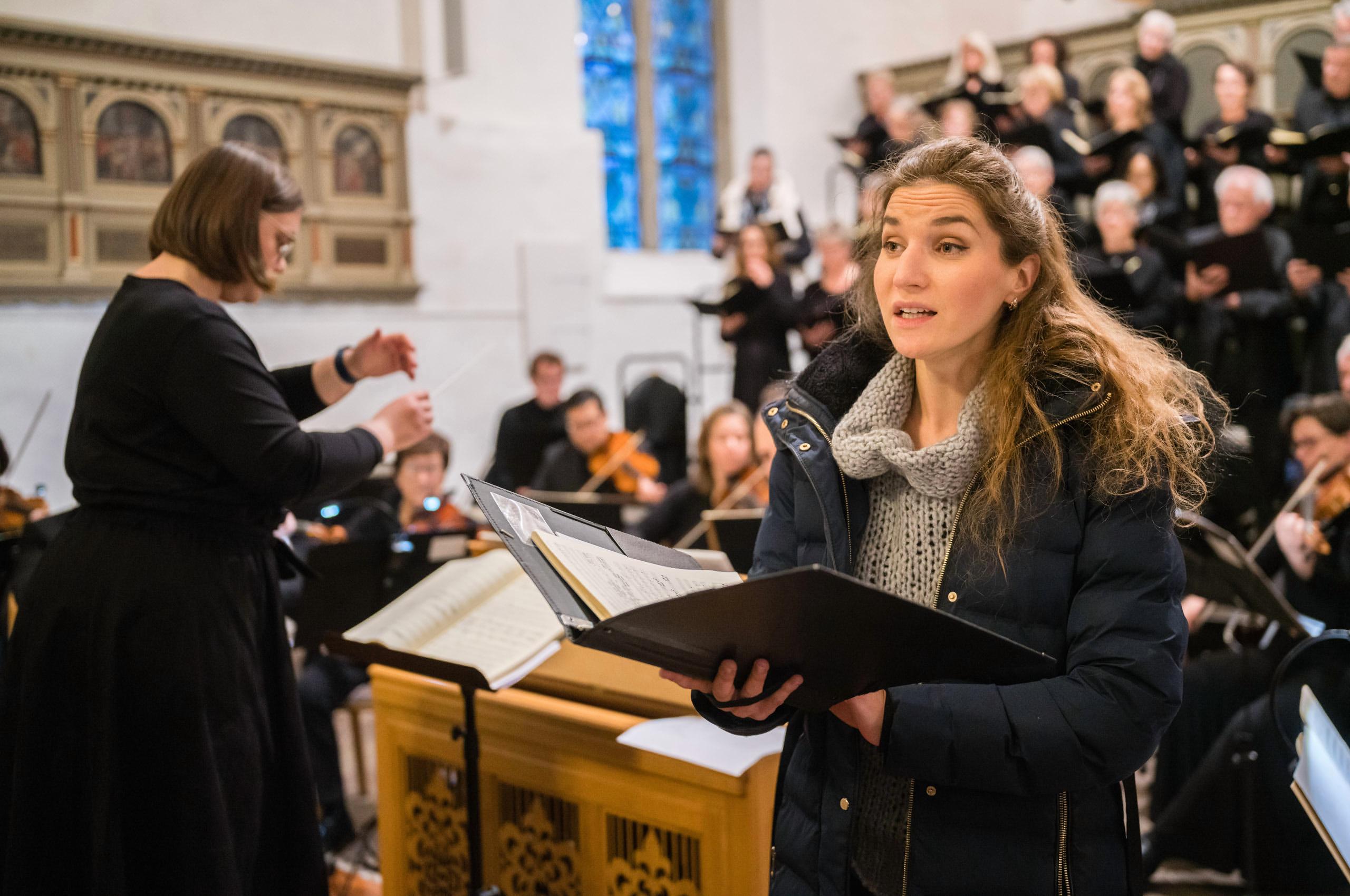
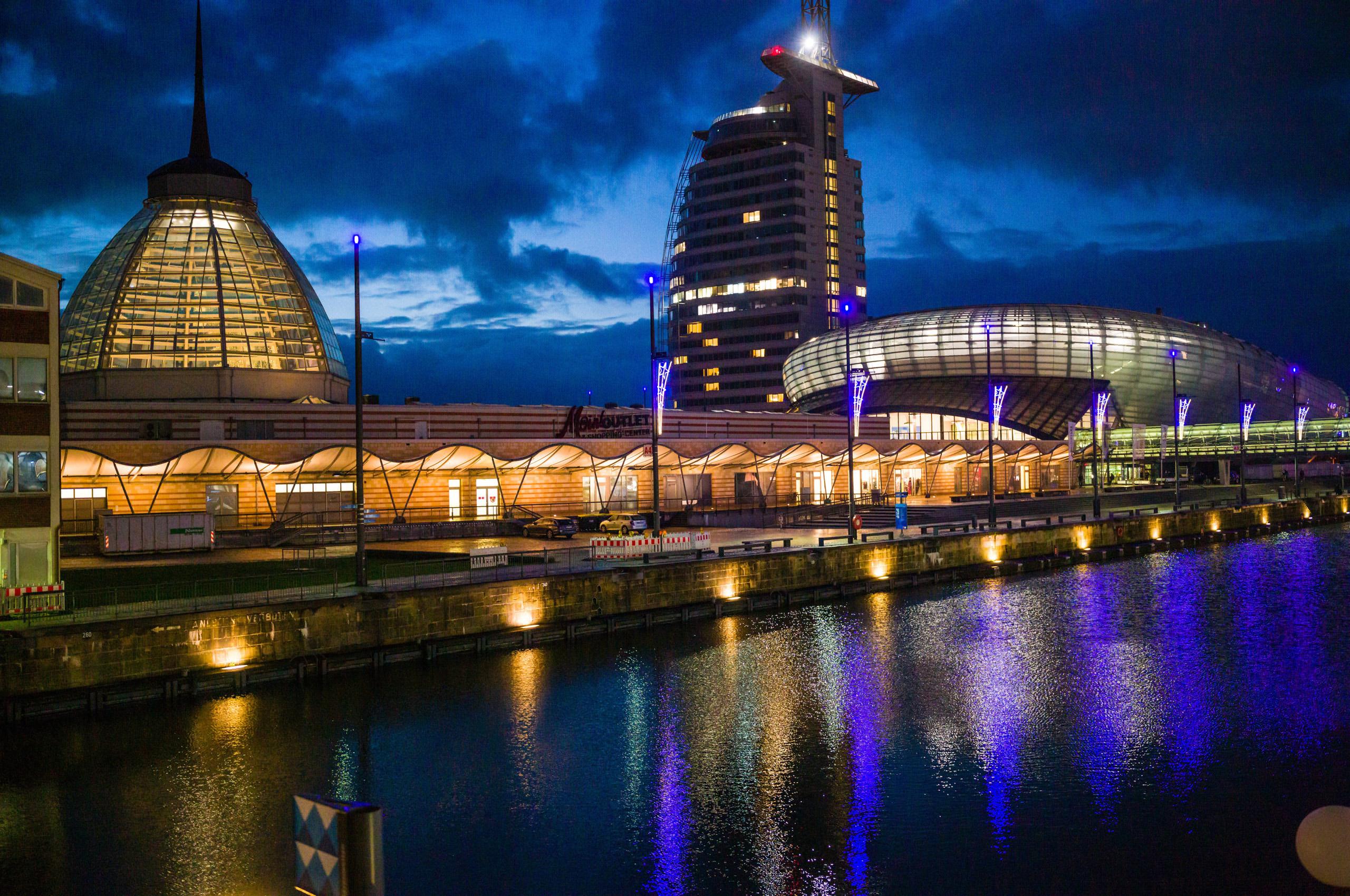

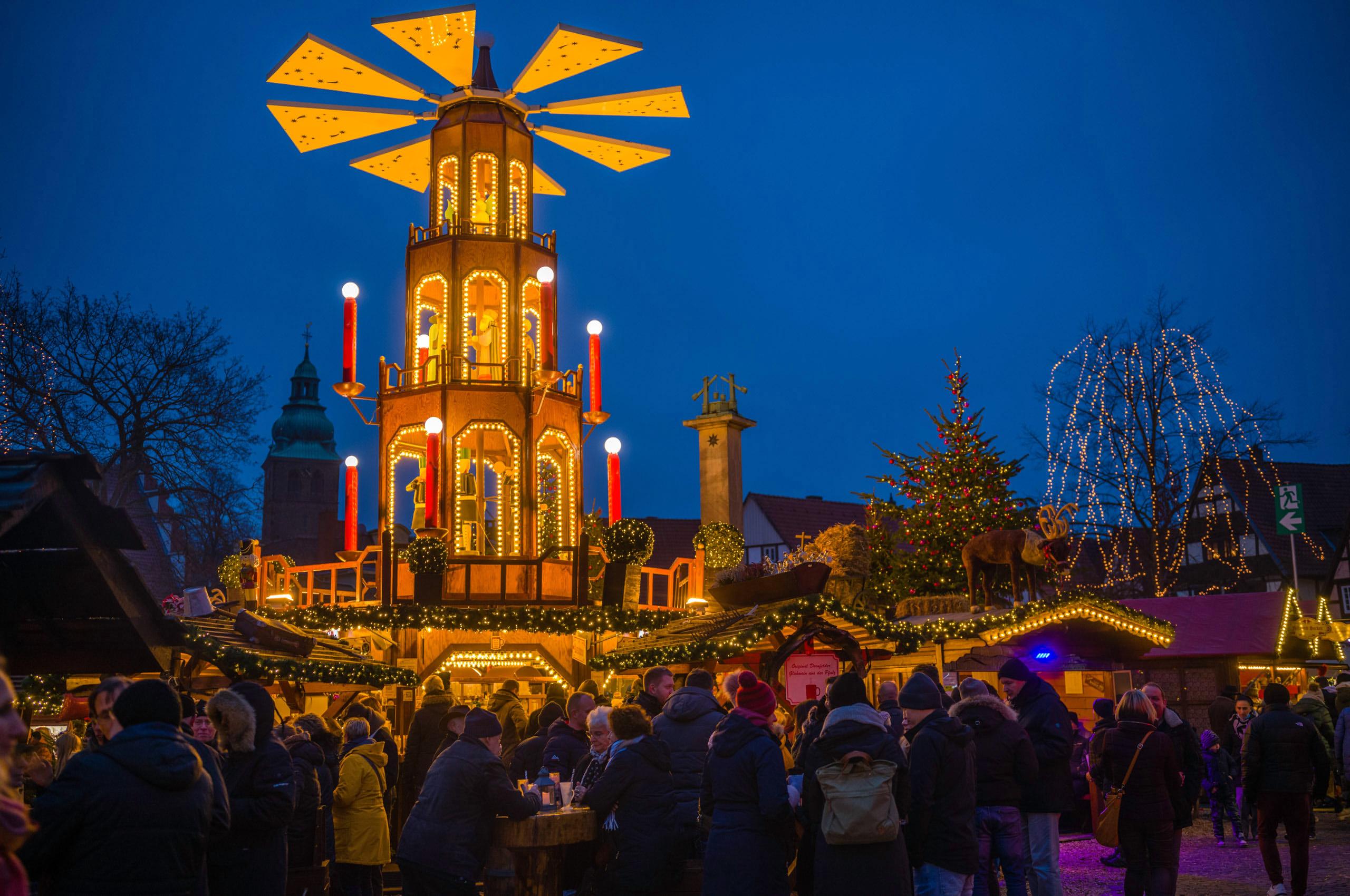


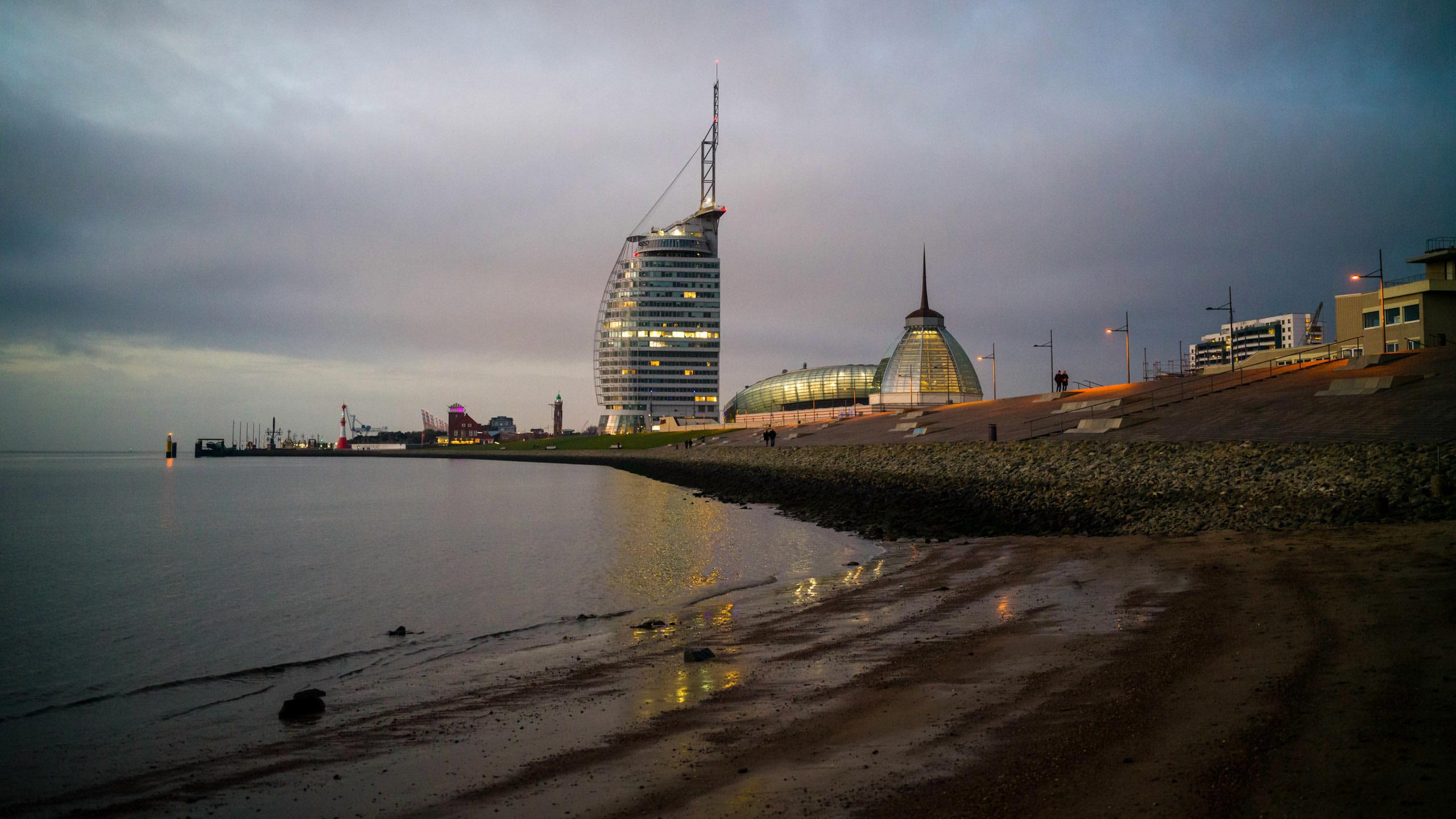
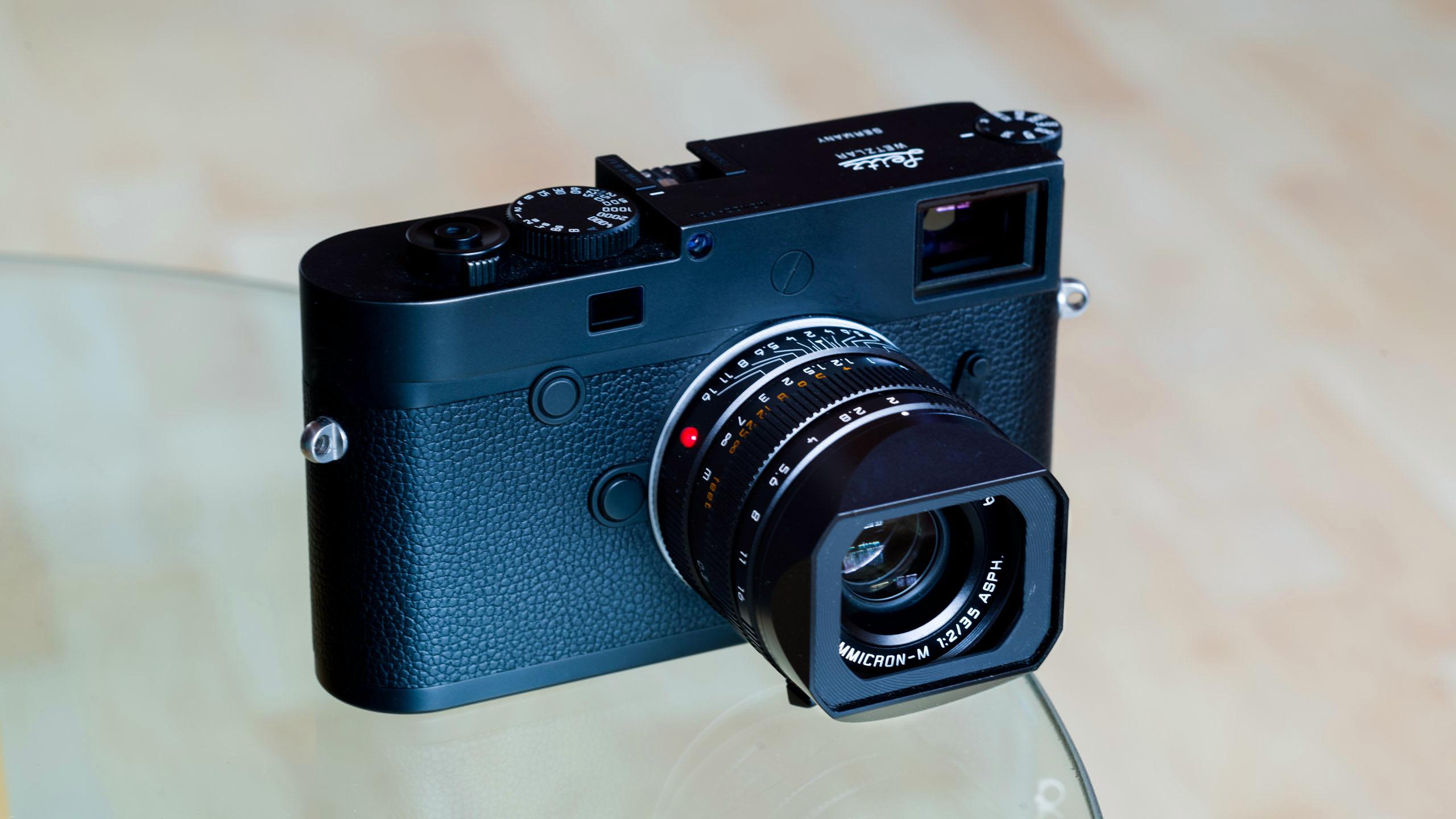

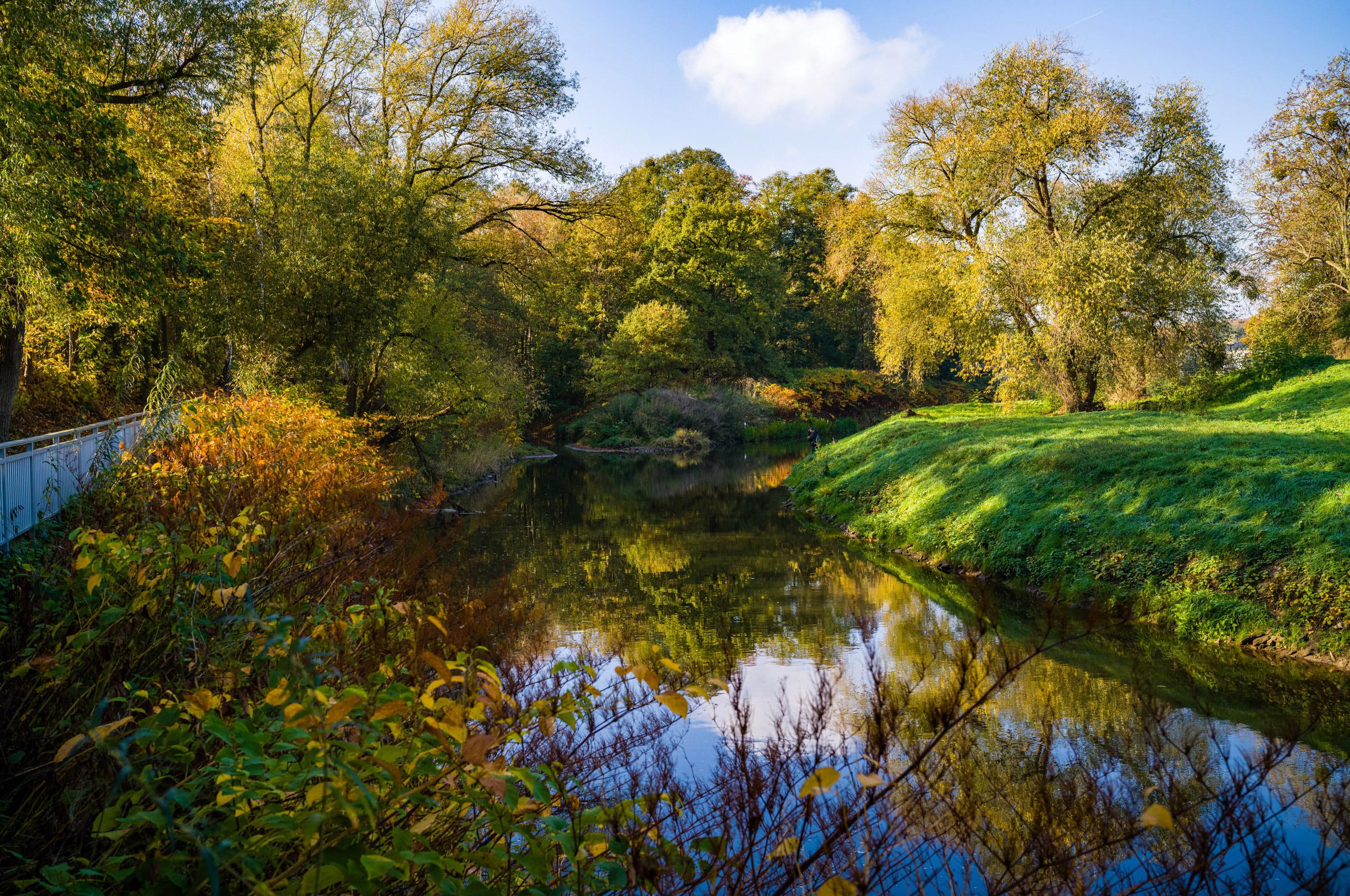
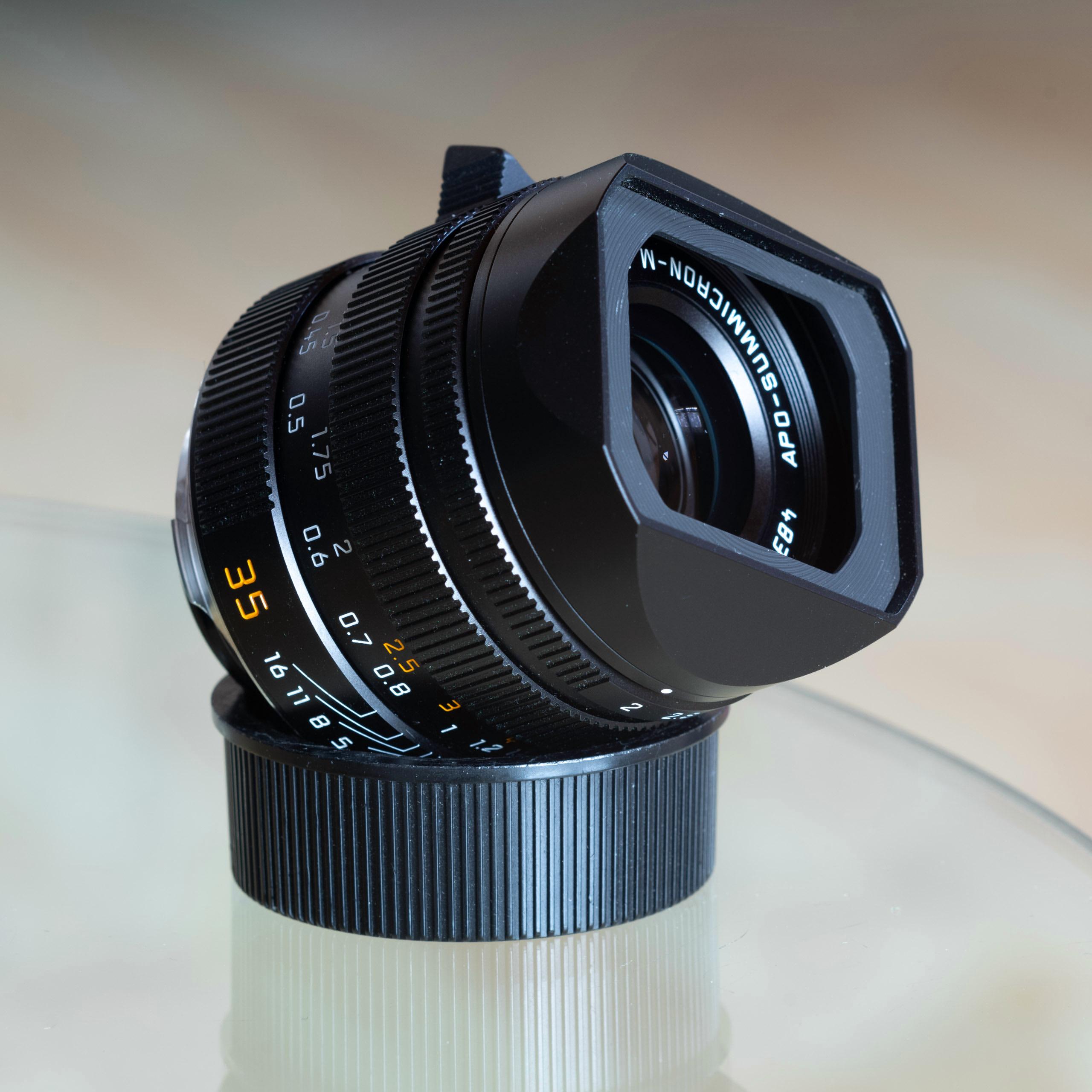
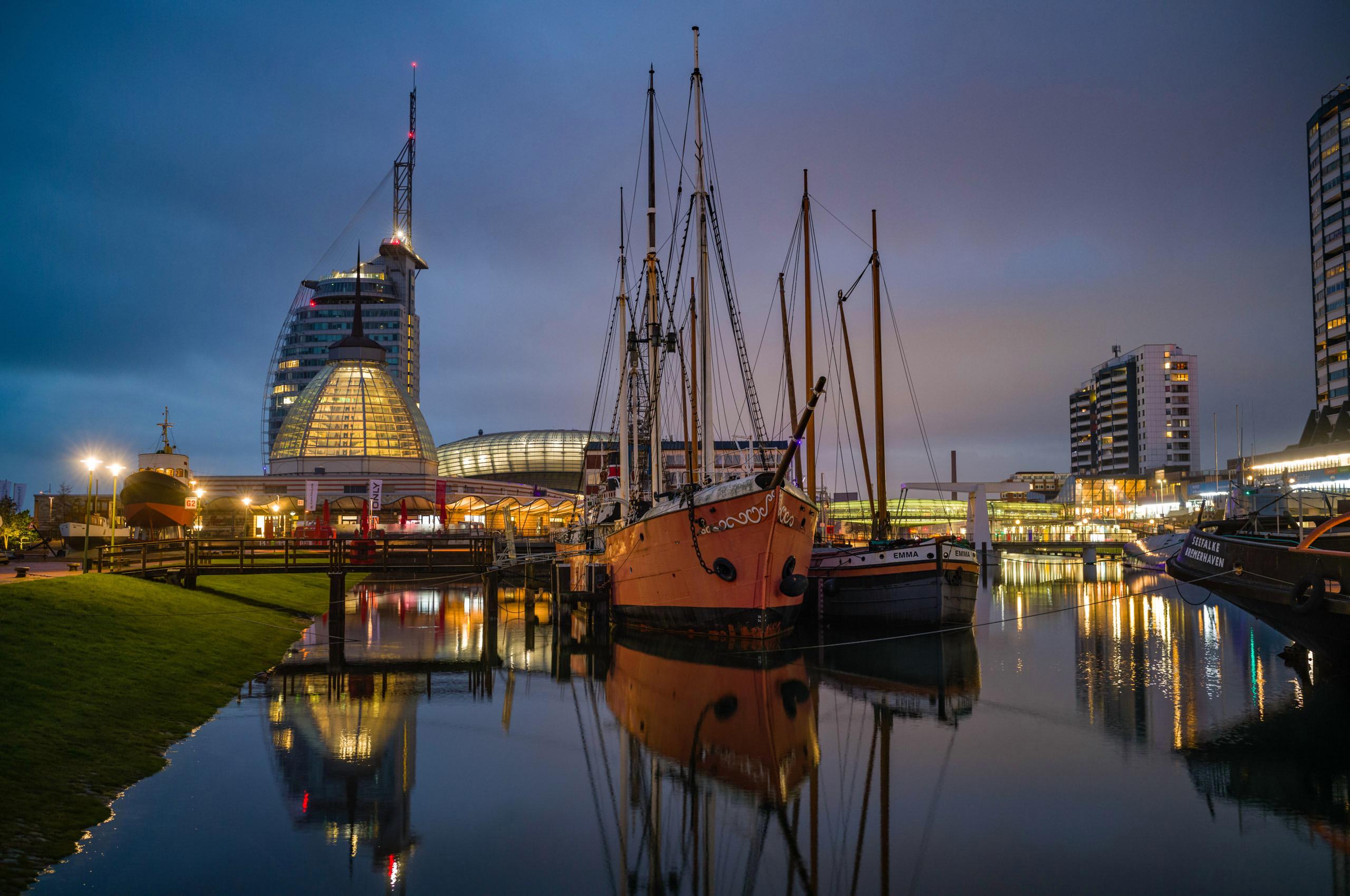
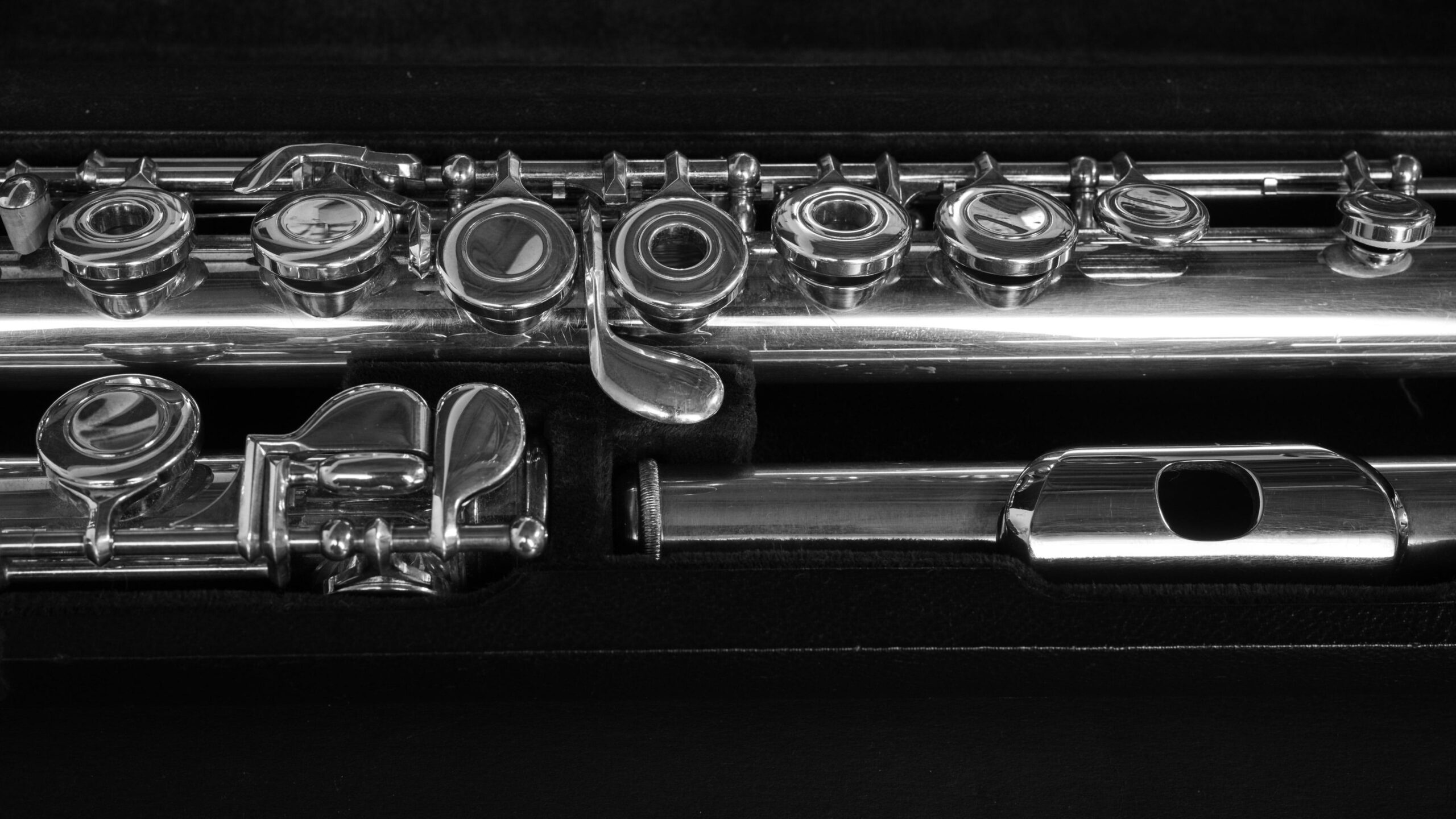
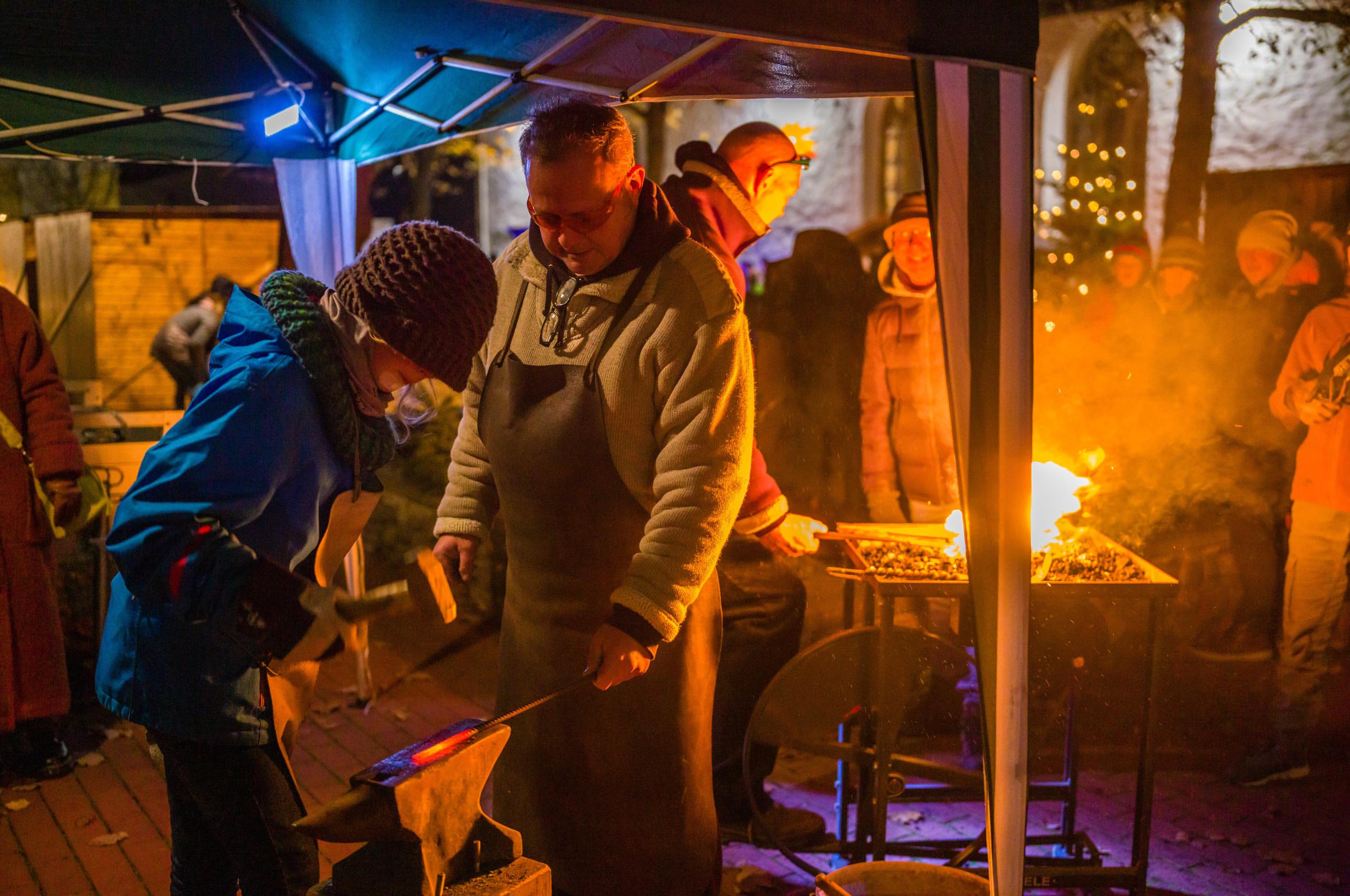

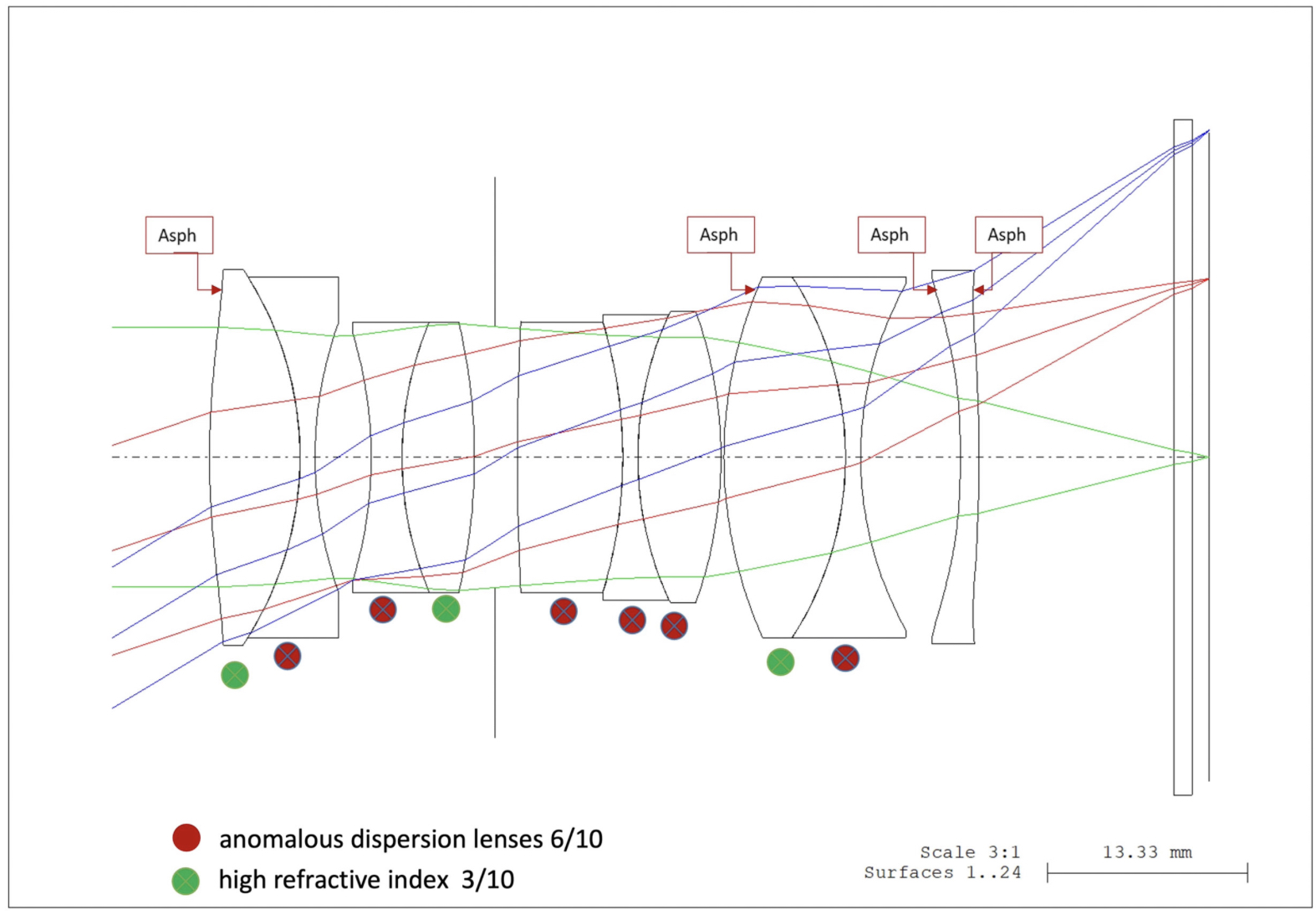



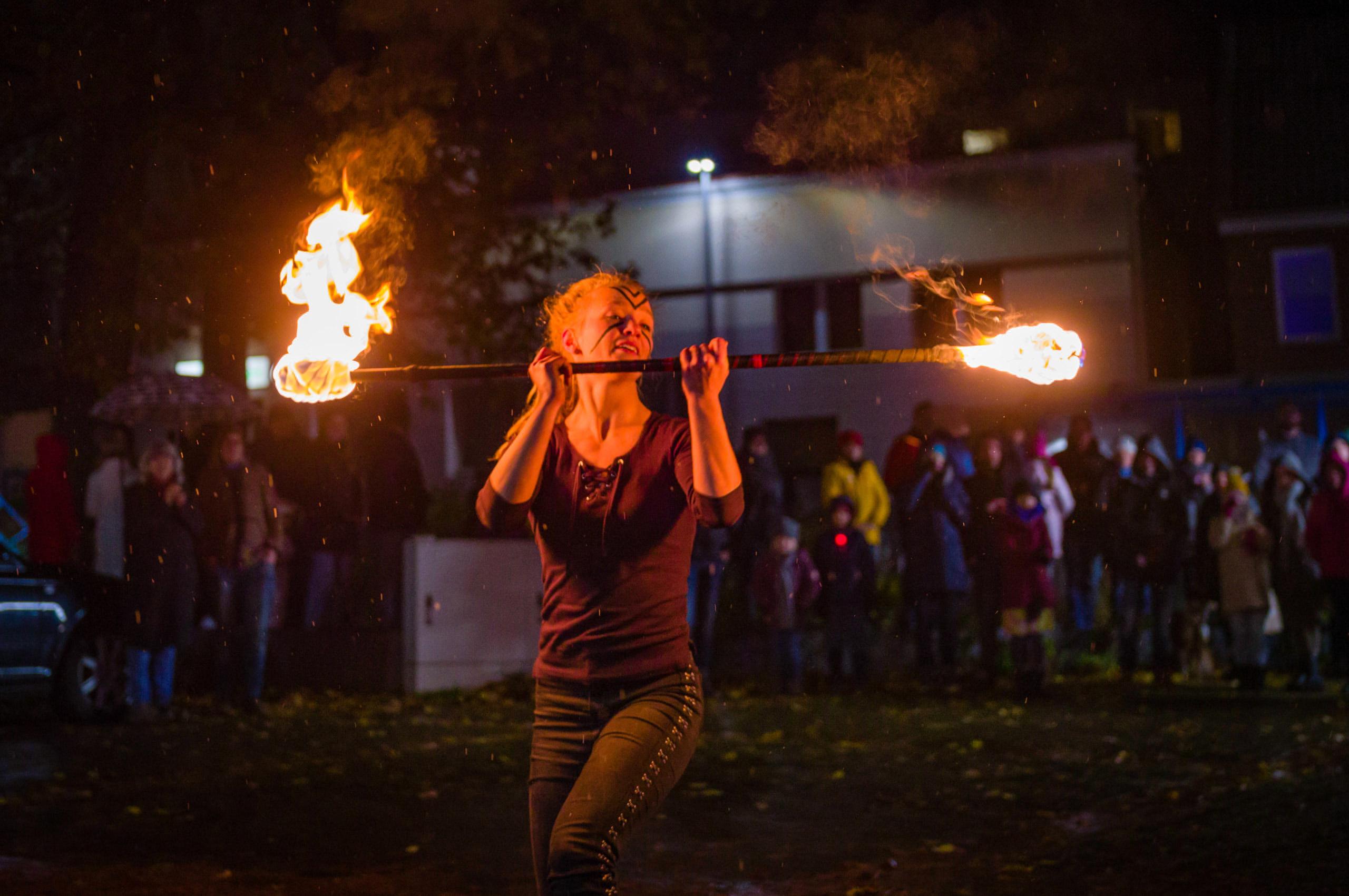
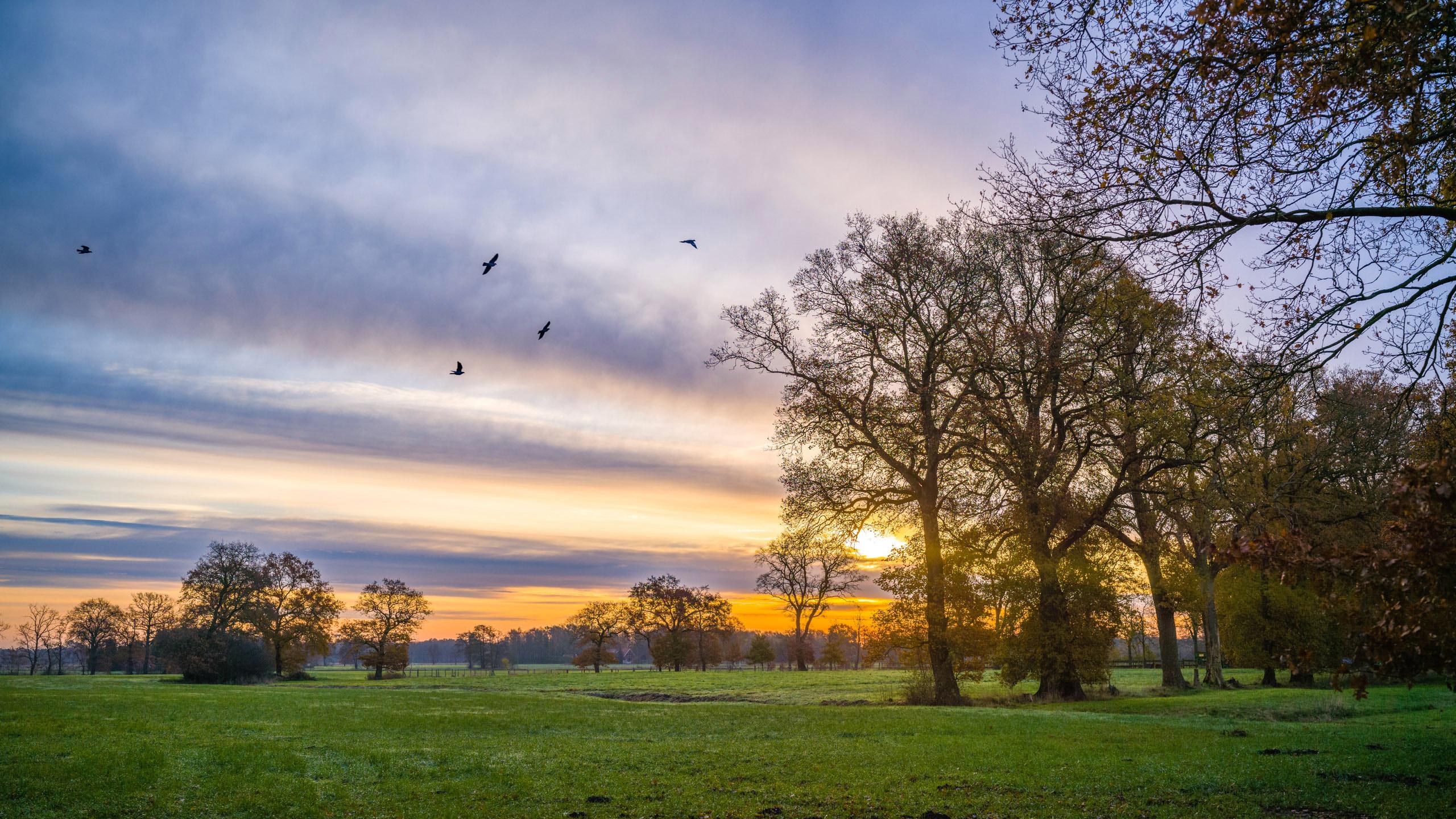
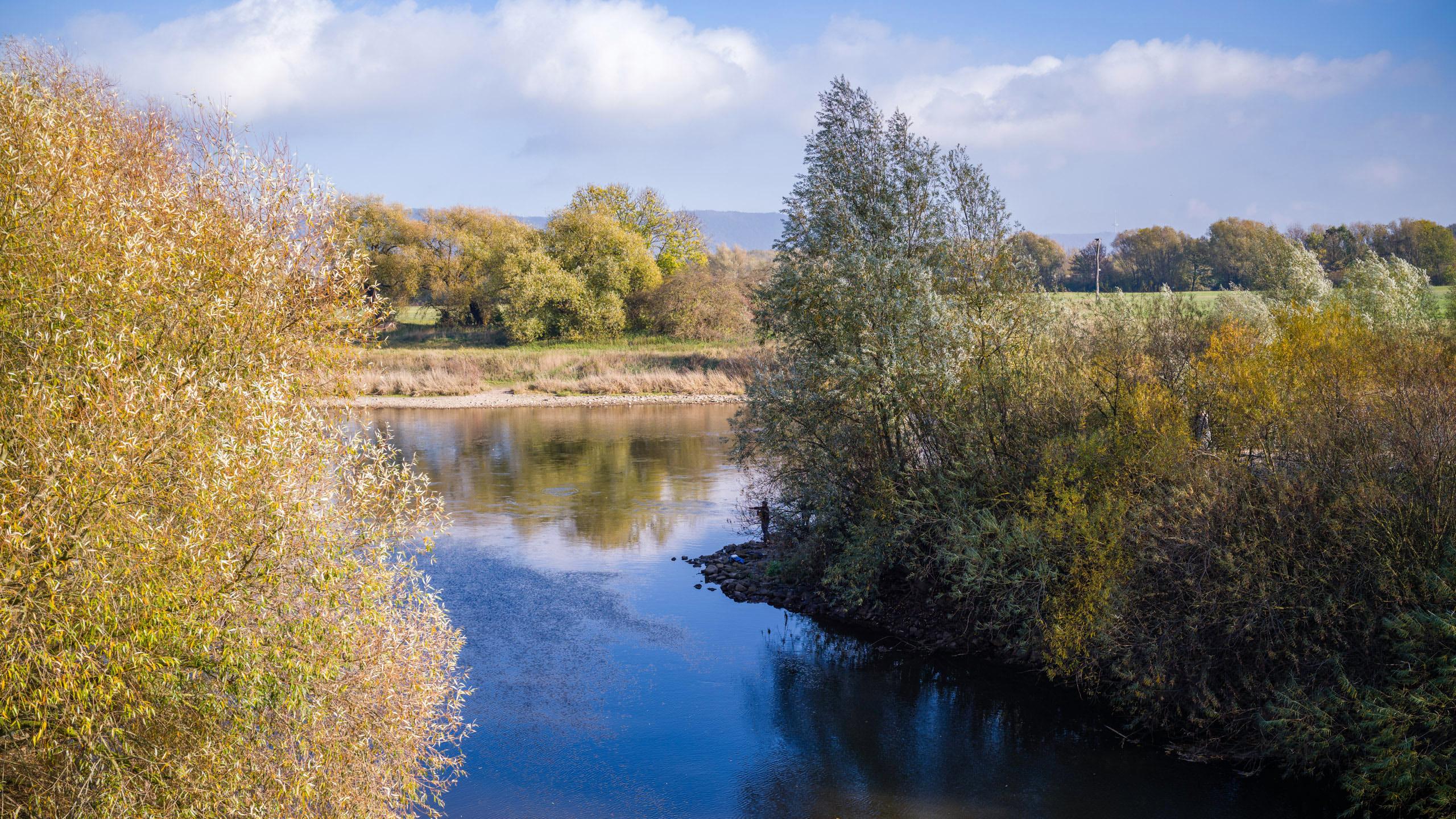
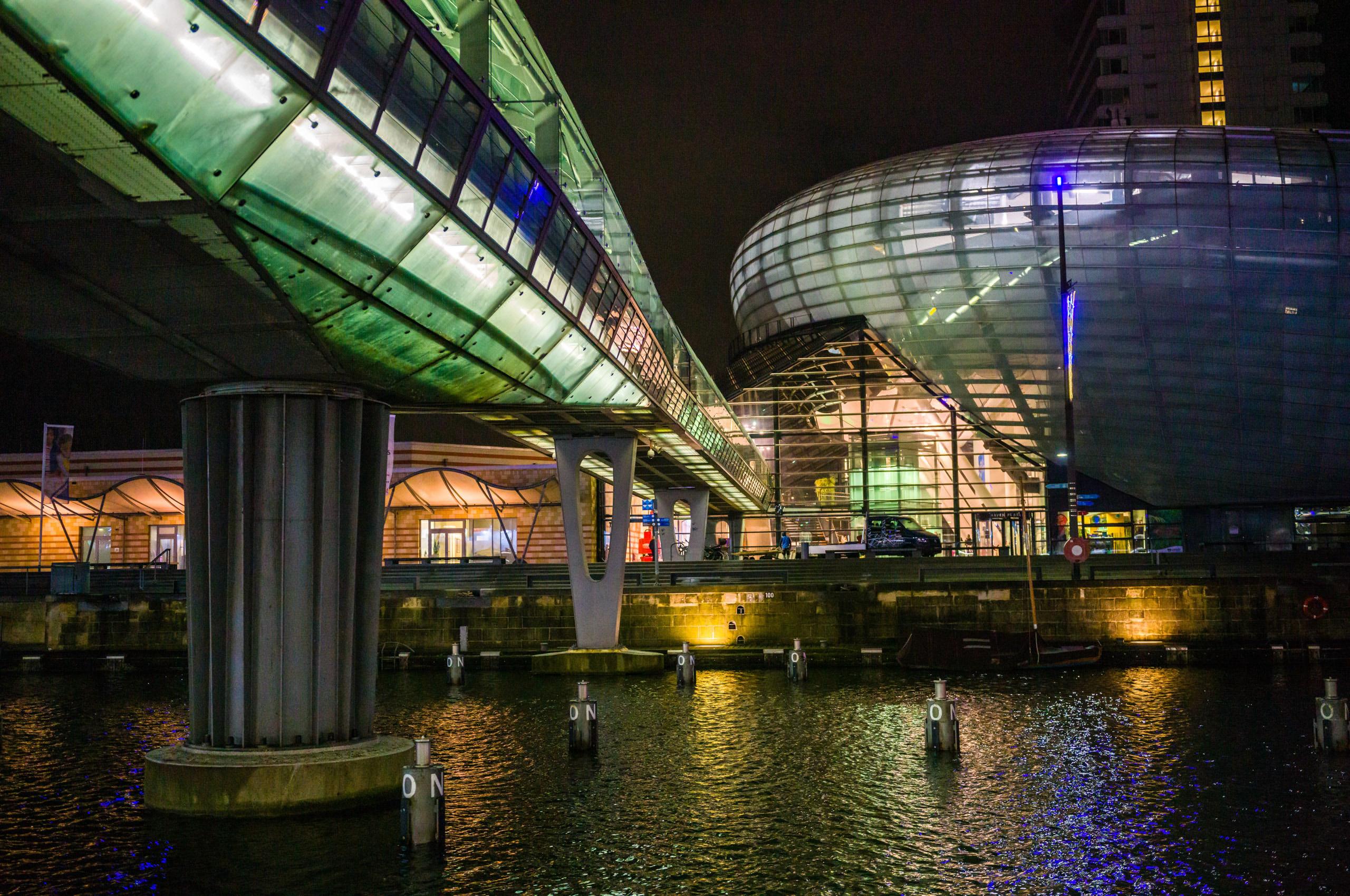
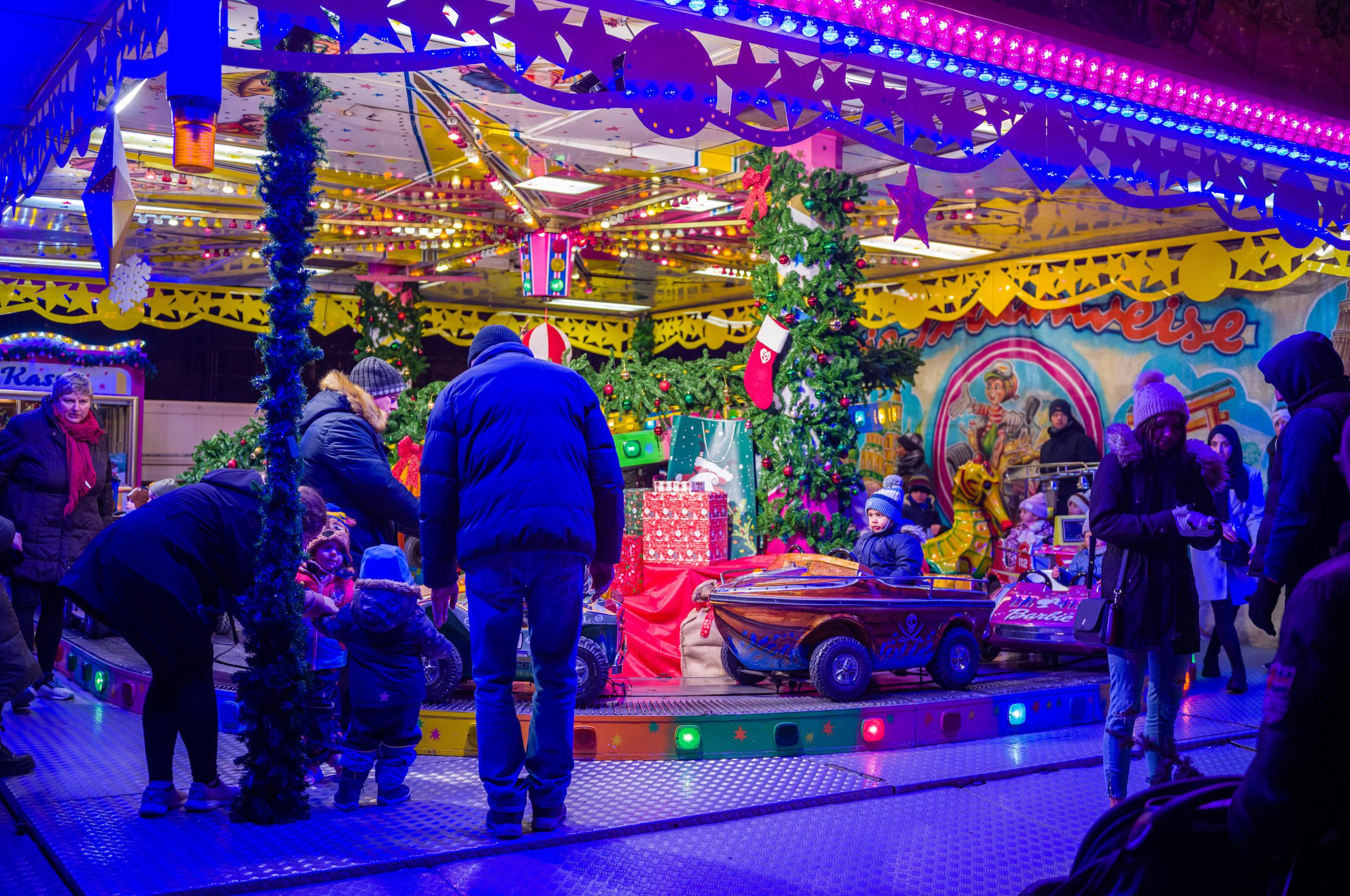
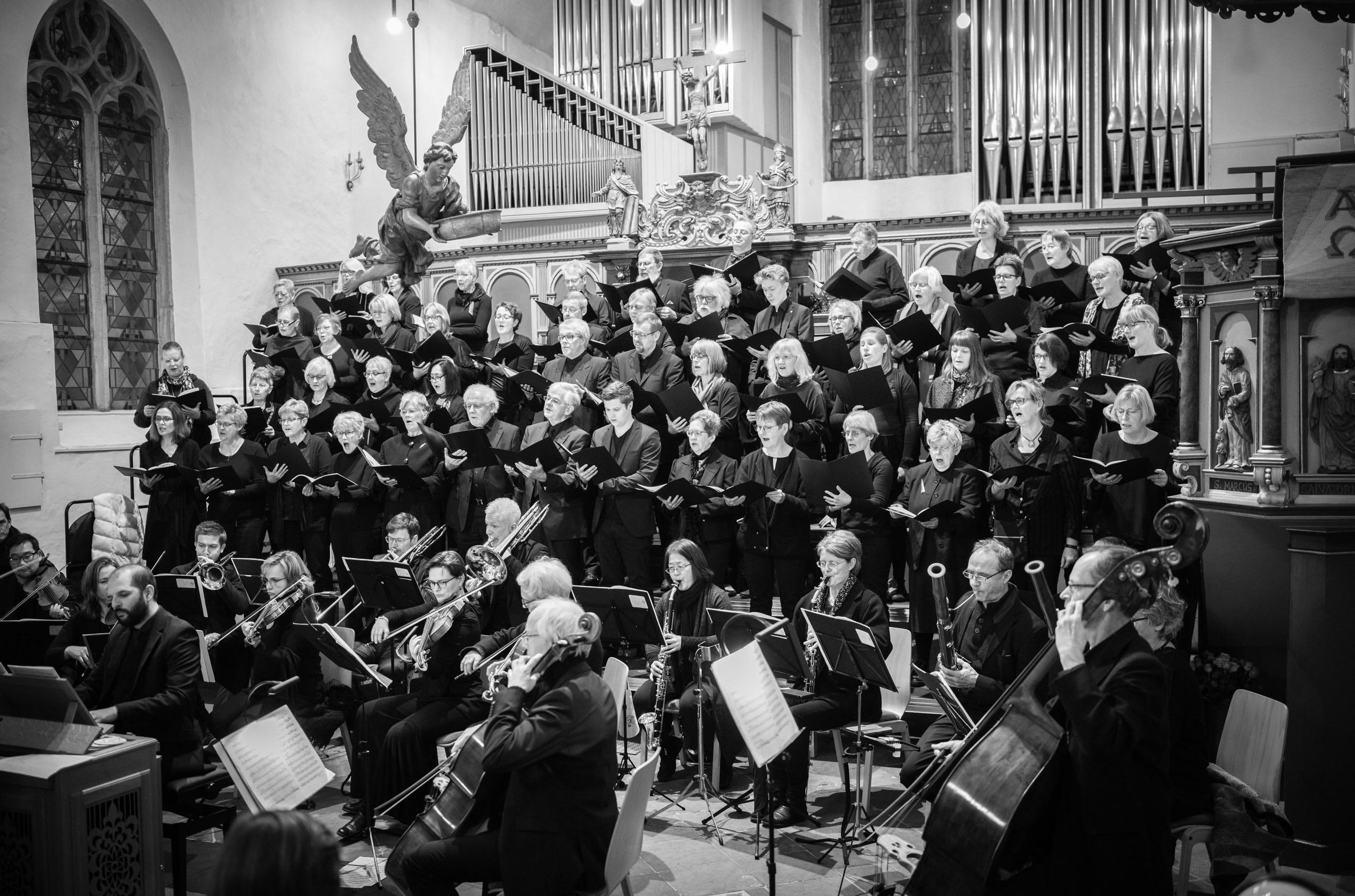





I am late to post as an article like this can only be truly appreciated on my desktop computer.
Your images are compelling and if I could write an article with 10 percent of your ability I would write more articles.
You are truly blessed to own a lens worthy of your talent and skill.
My favourite focal length since the beginning of time is the 50mm. I cannot justify the Leica m 35/2 APO for a secondary lens when I cannot step back enough. I own the Voigtlander M 35/2 APO and find it spectacular except for bokeh with busy backgrounds but I knew that before I purchased and do not use it for those subjects- my glorious Voigtlander m 50/1 is perfect for bokeh situations and anything else. I never liked the Leica 50/.95 bokeh but the Voigtlander is a truly amazing melting moment with no weirdness. In the case of the 35APOs, we are blessed with very similar exquisite imaging choices; the extremely compact and appropriately ultra priced leica or the significantly larger but affordable Voightlander. Life is good. I am grateful for the Voigtlander option to fit my creative needs.
I have to confess that I am a perfectionist. This is a double edged sword. I pursue things to mastery but on the other hand it can prevent a lot of contentmemt, waste a lot of time, and often deliver deminishing returns for the effort. C’est la vie. Hence, I have a passionate love of Leica glass, in particular, and Leica cameras. They are the pinnacle of craftsmanship for 35mm photography. Hasselblad is in the same league for medium format in my opinion. But that does not mean you cannot create great images with other brands. However, a Leica lens is truly a jewel.
I was temporarily insane recently and purchased the truly exquisite Leica m 90mm 1.5. I love a short telephoto. I have recently retired and seem to be nearing the end of the hyphen on my headstone so wanted to see if Karbe had really put magic in it. Wow! This lens will make any normally mundane subject special. It is sharp edge to edge from wide open and flat field. To fund it, I am cheerfully going to sell the amazing Leica m 90 APO, the amazing Leica SL 90/2 APO, and the extraordinary Sigma 105mm/1.4 (bokeh master and razer sharp with 105mm filter) remember the size or cost choices. The images from the Leica 90/1.5 are breathtaking and forget about the bs that the Leica SL APO 90/2 is the same as the bokeh of a f/2 lens. It is not. However, the Leica SL 90/2 APO lens is exquisite and AF but the leica M 90/1.5 will capture images that you have never seen before. That is just my opinion and experience. Luckily, the 75/1.25 is so close in focal length to the 90 that I do not need to sell more equipment or I would have no camera to put my glass on.
By the way, I can focus the 90/1.5 on my M11 rangefinder but one does have to use care. There is proper technique and then practice to focus fast glass on a rangefinder. It is never 100 percent due to movement- subject or photographer but that can be mitigated by taking more than one frame. AF is also not 100 percent.
I think it would be of value for one of the articulate and competent rangefinder photographers to write an article on using a rangefinder. Focussing fast glass, the magic of zone focussing with non SL glass – faster and more reliable than any brand of autofocus, and so on. Or should we keep the rangefinder magic and joy secret to the club. I never reveal the Leica secret handshake – you have to buy four new products and use them for more than a year to become candidate.
I meant to say that it is BS that the Extraordinary Leica SL 90/2 APO lens is the same as a f/1.4 or 1.5 lens for bokeh. It is an extraordinary 90/2 APO lens. Leica please sell truth as it is an amazing piece of glass but not f/1.4 in bokeh competing with modern computer designed glass. I would not rant on this, but it cost me money to experience this mistruth.
Hi Brian, do you shoot the 90mm f1.5 on the M or on the SL? Is it easy to focus on the M? Besides that I had the same experience with the Summicron-SL 35mm, an outstanding lens in its own right but an f1.4 it ain’t…
On both the M and the SL. It is a heavy lens but I knew that when I bought it. I put the tripod mount on it and it is nice to hold. As with any, fast telephoto, careful technique is required. Gently squeeze the shutter at the beginning or very end of a breath and so on. Especially important is to not go back and forth to focus with the rangefinder. As soon as you focus, press the shutter button.
I owned both the SL 50/2APO and the SL 50/1.4 and there was a obvious difference in bokeh between them. The 50/2 was definitely not 1.4 in rendering. I sold the 50/2 as I much preferred the 1.4 rendering although it never got sharp in the extreme corners. I did some comparison pictures but have not got around to writing an article.
Thanks for the nice description of your new 90 f1.5. Have you tried the 75 f1.2 ? I’ve been wondering if I should buy it. I have 90APO F2 –
But I’m afraid I can’t focus The 75mm f1.25 with my M-D (upgrade later)
I’m not sure I’ll buy the SL since I have Canon RF for AF.
Do you have electronic viewfinder on your M ?
By the way I have 35APO – and I would say I am blown away – it is that good. It hasn’t been off my camera in the 2 months I’ve had it. ALWAYS at f2 😊
Thanks for the nice description of your new 90 f1.5. Have you tried the 75 f1.2 ? I’ve been wondering if I should buy it. I have 90APO F2 –
But I’m afraid I can’t focus The 75mm f1.25 with my M-D (upgrade later)
I’m not sure I’ll buy the SL since I have Canon RF for AF.
Do you have electronic viewfinder on your M ?
By the way I have 35APO – and I would say I am blown away – it is that good. It hasn’t been off my camera in the 2 months I’ve had it. ALWAYS at f2 😊
Rangefinder focusing (and split prism focusing) is as far as I am concerned a highly enjoyable user experience, very accurate, that being said the latest generations of autofocus from Sony and Canon are really really good, it is very easy (and fast) to focus on the eyes of a portrait subject (even without using Eye AF) with a f1.4 wide open, I would not say it is always that easy with a rangefinder, as always YMMV.
In the photograph titled Museum Harbour – Bremerhaven, the lens has so perfectly captured the atmosphere of the evening such that I feel like I want to step into the scene and take a stroll.
Every Leica M lens I have bought has delighted me with this kind of quality, even my humble 50mm Elmar 2.8 and I wouldn’t think of parting with any of them.
Great article and images Claus. The M10 Monochrom images really stand out, my favourites being the full orchestra and the bassoon section which is just superb. You had me checking prices on the Leica Australia website, but I suspect I’ve been too naughty this year to expect Santa Claus to drop off an M10 M.
I have a whole series of monochrome images of this orchestra rehearsal with close-ups of musicians and soloists, but you have to make a selection.
The output of the M10-M is very satisfactory. It also took me a long time to decide to buy a pure monochrome camera, but similar to the 35 Apo-Summicron, it was the right decision.
So if Santa softens up (maybe next year), go for it!
I just got stuck on the 3D one: depth effect. I’ve heard about before, and where is ether coming from? Don’t know, but what I observe in that picture is a paranormal color palette. Sensor?, postproduction? Or perhaps the night was just that blue.
Beautiful photos, even not being either in digital M system frequency myself. Thanks
Thank you for the praise on the photos! Regarding the Karousel picture I have to explain:
The colour palette in the picture is simply due to the countless blue and purple LEDs. Apart from the adjustments to the tonal values described in the text, nothing else has happened to the image. I focused on the little boy in the “boat” with aperture f/2.
Thanks
I can certainly see these are lovely photos, bt I was hoping the light would dawn and i would see the real point of a rangefinder camera. It didn’t. Help, somebody!
Dear John
The use of a rangefinder is exemplified in the selective focus seen in many of the photographs above. Nothing beats a rangefinder for this, certainly not an SLR with or without AF. Claus has done wonderful work using this feature.
I had lunch yesterday with a distinguished professor of optics who told me that he had taught some members of the Leitz optics team during his time at Imperial College London. I had shown one of his papers to Peter Karbe who was mighty impressed. I must ask Peter if he ever did any of his studies at Imperial. My professor friend confirmed what Peter had told us in Dublin in October, that the reason for the multiple elements in apochromatic lenses is that each one compensates for any possible aberrations in the next one along in the system. He said that these days designers have the advantage of computer aided design (CAD) as opposed to years ago when everything was mechanical. So when you see an apochromatic lens with 10 or 11 elements they are not just there for show. The professor stressed that it is possible with CAD to produce top class optics at a relatively lower price. The high price of Leitz Optics were down to the quality of the construction. The professor has been involved, though, with large high class production and research lenses which cost $5 million each. He had a ‘Texas Leica’ Fuji GW 690 with him and he showed me some stunning stereo images which he had taken in Venice and Lisbon. They were on a par, in terms of subject separation, with the images shown by Claus above, but were taken in daylight.
Back to the APO lens which Claus has used, the outstanding quality of the lens is obvious from the photos above. I am extremely pleased with the images which I get using my 35mm Summicron Asph and my 50mm Summilux Asph (which Karbe admits could be regarded as apochromatic) and I don’t really need more than those two lenses at those focal lengths. Ultimately, the quality of any image rests on how the photographer uses his/her lenses and Claus has shown above that he is a true ‘lens based artist’.
William
Dear William,
thank you for your kind words and for taking the trouble to explain the advantages of a rangefinder.
Thank you also for the insight into the design aspects of apochromatic lenses. I would love to meet Peter Karbe sometime too!
Claus
Dear John,
I am aroused from my slumbers by reading the words “The use of a rangefinder is exemplified in the selective focus seen in many of the photographs above. Nothing beats a rangefinder for this, certainly not an SLR with or without AF”.
Nope. Not. Utterly not. My Canon 58mm f1.2 gives absolutely terrific selective focus / separation / isolation on any Canon film SLR, or digital SLR, or on the latest Canon mirrorless digital SLRs. No rangefinder needed.
Shame that I can’t post a photo here ..oh, ah: but I already have done; at edituk.com/f1.2_photos.html ..and do look particularly at the 3rd photo down, taken with the Canon SLR lens.
“..Nothing beats a rangefinder for this, certainly not an SLR with or without AF..” Sorry ..that’s piffle and nonsense!
My (old, manual, film-era) Olympus OM 50mm f1.2 gives wonderful separation and ‘bokeh’ blur – on an Olympus camera, whether film or digital.
My (old, film-era) Minolta 58mm f1.2 ditto (..I can’t remember what mount it has on the back now; maybe Sony, or maybe Nikon or possibly Canon..) and I see that there’s one for sale right now on eBay for only – amazingly – just £389.99..!
SLR lenses are generally LARGER than the small ones for manual rangefinder cameras, but to say that “..Nothing beats a rangefinder for this, certainly not an SLR with or without AF..” is complete – what word should I use? – is utterly misinformed, is misinformative and is worse than misleading for people who might feel bound to buy a rangefinder just to get great separation between one thing in a photo and another.
And I’d say that the ‘busy’ bokeh, or blur, in those 35mm f2 pictures, above, is nowhere near as -s-m-o-o-o-t-h- as the melt-in-your-mouth smoothness of blur from the Canon 58mm f1.2 (third picture down on edituk.com/f1.2_photos.html ..as mentioned above).
ANY well-designed wide aperture (or telephoto) lens can give excellent separation: have another read through macfilos.com/2020/03/16/leicas-noctilux-myth-or-magic/
And that wonderful Minolta’s going for the ‘Buy it now’ price of only £389.99! (..And I have no connection at all with the seller.)
John, don’t get misled into Fantasy Land!
Sorry for waking you from your slumbers, David, with ‘piffle and nonsense’. Even you must have realised that I was expressing an opinion based on my own use of many different types of cameras. Perhaps, if I had added the ‘for me’, much beloved by footballers being interviewed, you could have stayed sleeping. My eyes are what I use to take photographs and your eyes are what you use.
Happy Christmas and a Wonderful New Year to you and yours and, indeed, to all Macfilos readers.
William
But it’s a misinformed opinion, as I said. There’s any amount of cameras which aren’t rangefinders but which give terrific separation between items in a photo.
Look at the very last photo – of the butterfly – in the Macfilos story tinyurl.com/Butt3rfl6 ..gorgeous separation ..but not taken with a rangefinder ..taken, as I’m sure you know by now, William, with a tiny pocketable Sony RX100 (MkVI).
Do have a Merry Christmas yourself, William, and god bless us all, especially Tiny Tim ..and, of course, Michael Evans!
The difference between ‘misinformed’ and a ‘difference of opinion’ is easy to grasp. in my case it is not just opinion, of course, it is based on another concept, my own personal experience. ‘Chacun a son ….. etc’. My personal experience is not your personal experience and vice versa. There many aspects of life where personal preference and experience are factors.
No ‘Bah Humbugs’, of course.
William
Thanks for a great article and set of images. I wish I could still shoot a M camera but my eyes don’t agree with the RF anymore. The mono image of the two bassoons players is absolutely stunning.
Jean
Exquisite pictures. I love the landscapes and the one of the choir in mono.
Agreed, David. While editing the article, I was drawn to that particular B&W picture of the choir. The output from the M10 Monochrom is outstanding and tempts me to spend some money. Claus writes entertainingly and eloquently. I try hard to do him justice in the translation but it is difficult to reflect the original accurately. He also has a great sense of humour, and this doesn’t always fare well in translation, as we see from “I sing bass and sometimes besser”. It works in German but falls flat on its face if we use the English word better.
Thanks for a good article. I agree. That it is possible to make such a small lens so good is unreal. I got my APO 14 days ago so I still have time to test the lens. Now, however, I would like to supplement with an M11 ☺️ – to see what it can do with 60 MP and close focus. I have M-D today.
Long love the M-D. 👍🏼
*live
Thanks for a wonderful read during my lunch break! Great photos. Both documentary style, as well as almost landscape, again highlighting the versatility of the 35mm focal length. I own and love the 35mm Lux FLE (V1) but you can’t really go wrong in here with so many stunning options to choose from. The Bremerhaven photos had me fooled for a moment, I thought it was the Burj al Arab hotel in Dubai. Different architect though.
How does one say “Wow” in German and very nice photographs too? Thank you.